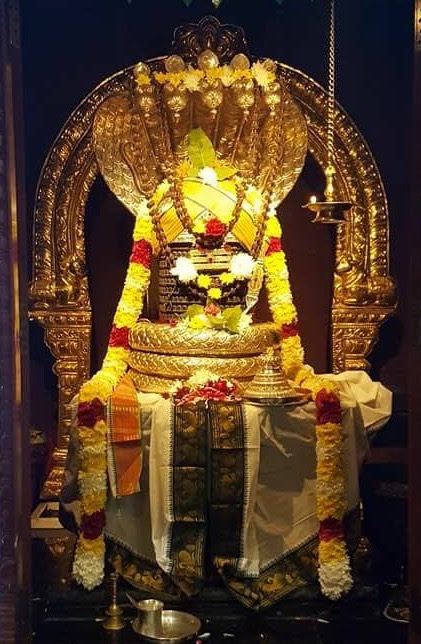
Archana is a personal mode of offering your prayers to God or Goddess performed by temple priests by chanting specific slokas and mantras for the deity, to seek answers for your prayers. As per the custom, the name,gothram (God gothram will be consideredif there is no information) and birth star are recited while chanting the Vedic mantras which carries your prayers to the deity.
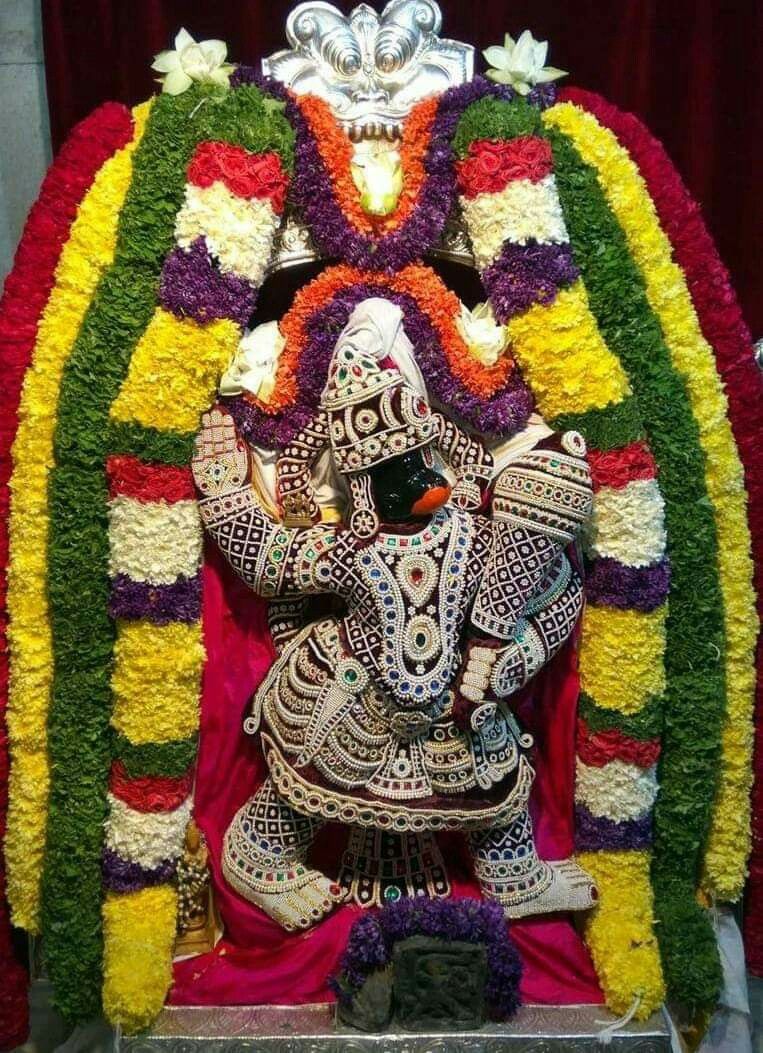
Archana is a personal mode of offering your prayers to God or Goddess performed by temple priests by chanting specific slokas and mantras for the deity, to seek answers for your prayers. As per the custom, the name,gothram (God gothram will be consideredif there is no information) and birth star are recited while chanting the Vedic mantras which carries your prayers to the deity.
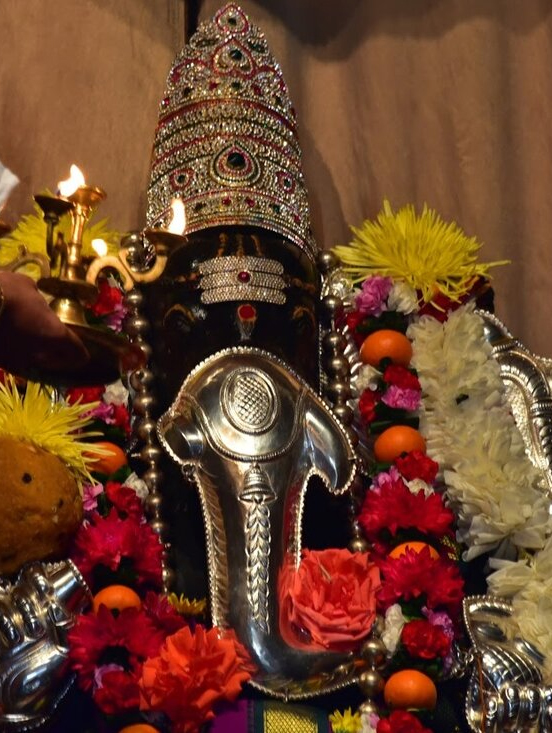
Archana is a personal mode of offering your prayers to God or Goddess performed by temple priests by chanting specific slokas and mantras for the deity, to seek answers for your prayers. As per the custom, the name,gothram (God gothram will be consideredif there is no information) and birth star are recited while chanting the Vedic mantras which carries your prayers to the deity.
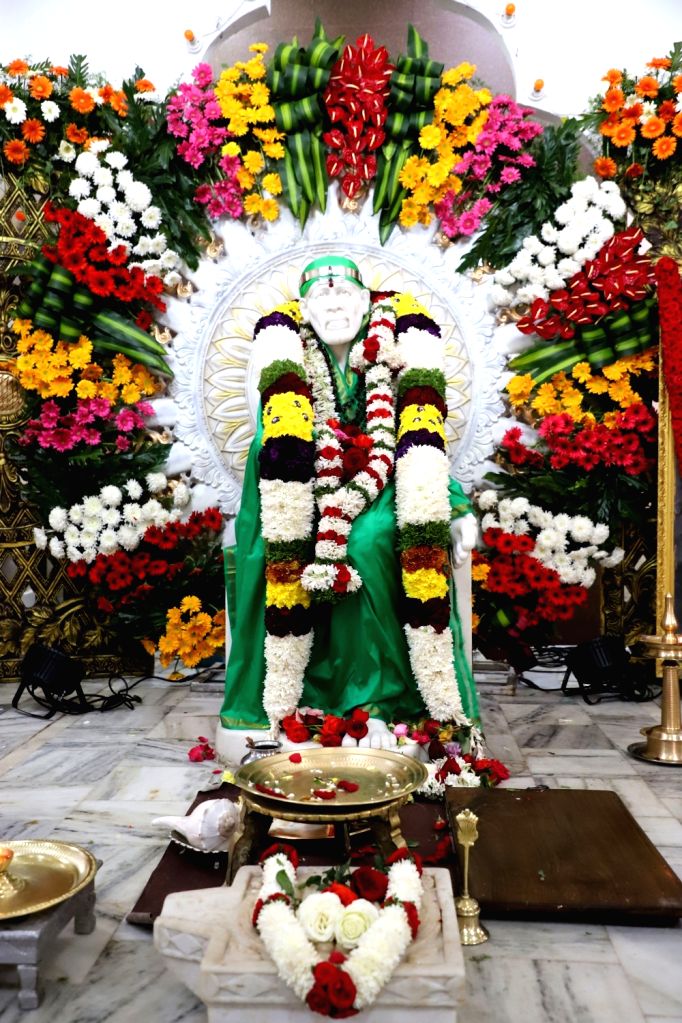
Archana is a personal mode of offering your prayers to God or Goddess performed by temple priests by chanting specific slokas and mantras for the deity, to seek answers for your prayers. As per the custom, the name,gothram (God gothram will be consideredif there is no information) and birth star are recited while chanting the Vedic mantras which carries your prayers to the deity.
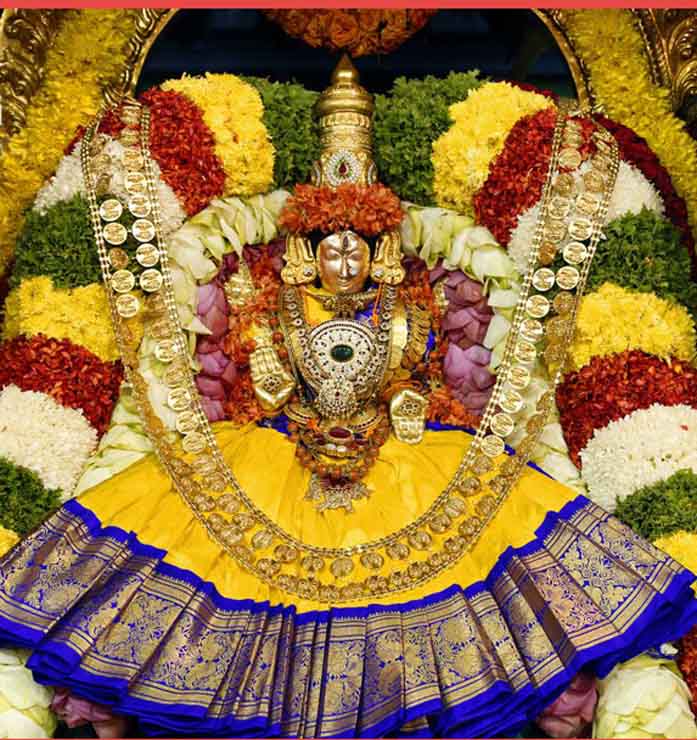
Archana is a personal mode of offering your prayers to God or Goddess performed by temple priests by chanting specific slokas and mantras for the deity, to seek answers for your prayers. As per the custom, the name,gothram (God gothram will be consideredif there is no information) and birth star are recited while chanting the Vedic mantras which carries your prayers to the deity.
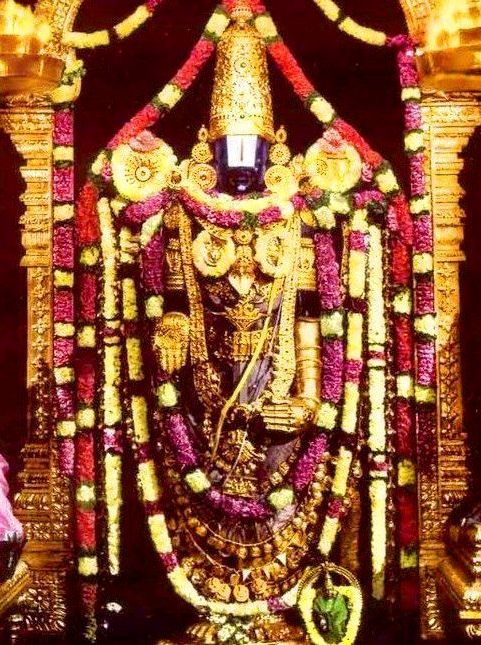
Archana is a personal mode of offering your prayers to God or Goddess performed by temple priests by chanting specific slokas and mantras for the deity, to seek answers for your prayers. As per the custom, the name,gothram (God gothram will be consideredif there is no information) and birth star are recited while chanting the Vedic mantras which carries your prayers to the deity.
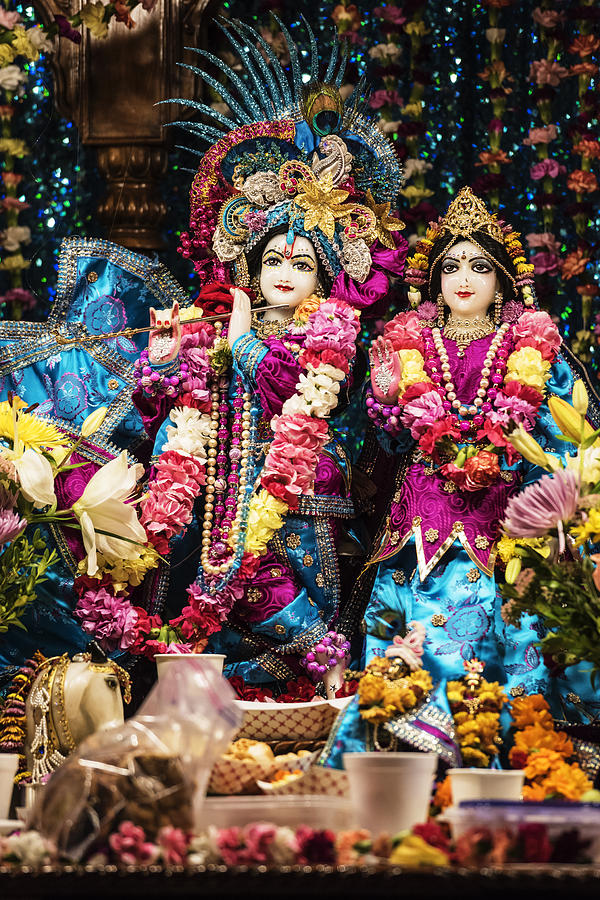
Archana is a personal mode of offering your prayers to God or Goddess performed by temple priests by chanting specific slokas and mantras for the deity, to seek answers for your prayers. As per the custom, the name,gothram (God gothram will be consideredif there is no information) and birth star are recited while chanting the Vedic mantras which carries your prayers to the deity.
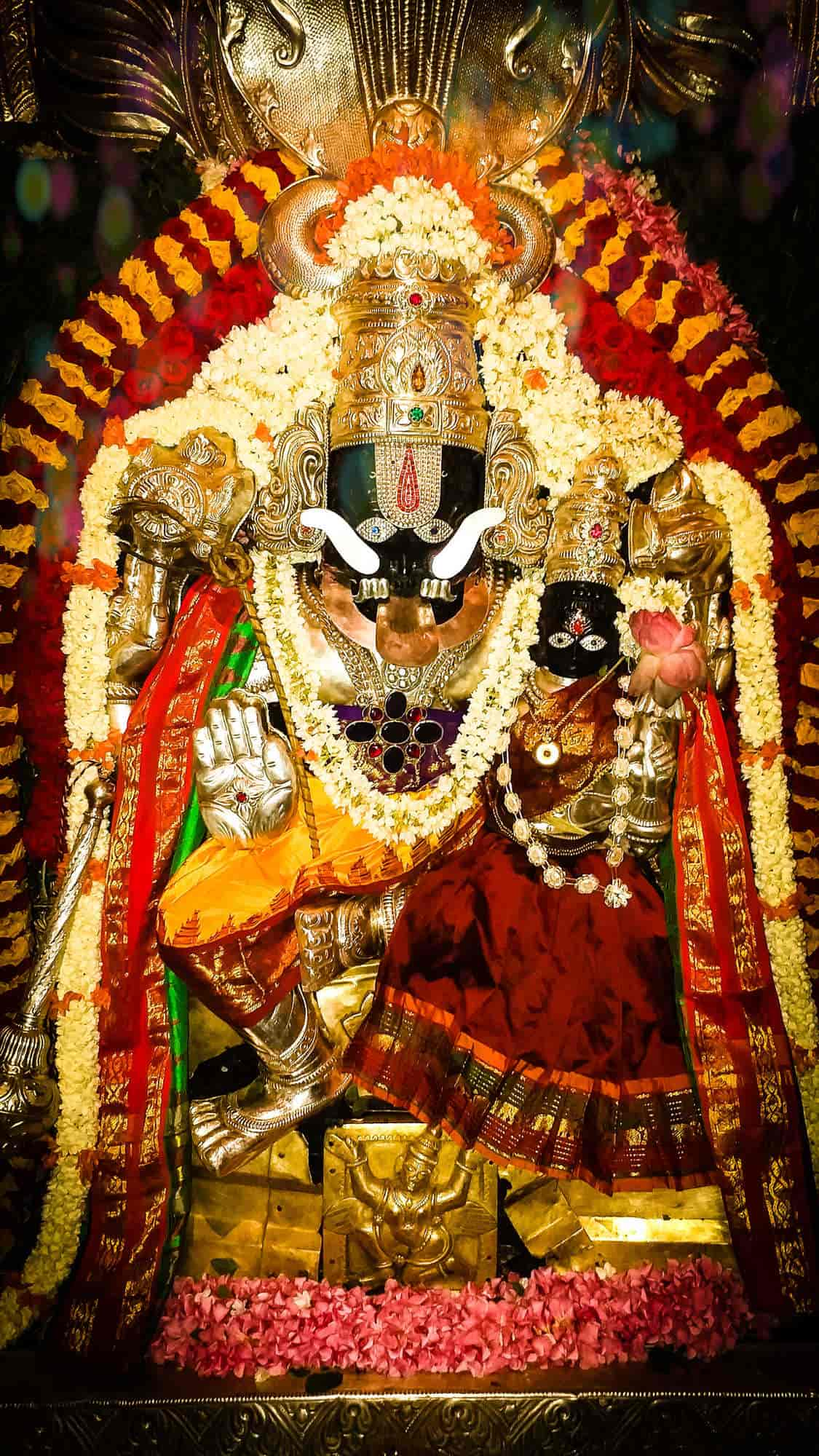
Archana is a personal mode of offering your prayers to God or Goddess performed by temple priests by chanting specific slokas and mantras for the deity, to seek answers for your prayers. As per the custom, the name,gothram (God gothram will be consideredif there is no information) and birth star are recited while chanting the Vedic mantras which carries your prayers to the deity.
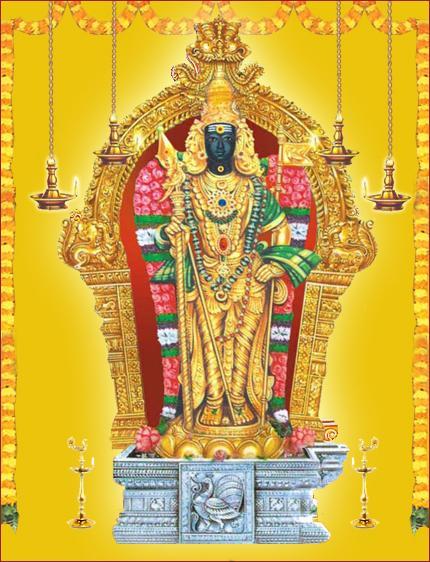
Archana is a personal mode of offering your prayers to God or Goddess performed by temple priests by chanting specific slokas and mantras for the deity, to seek answers for your prayers. As per the custom, the name,gothram (God gothram will be consideredif there is no information) and birth star are recited while chanting the Vedic mantras which carries your prayers to the deity.
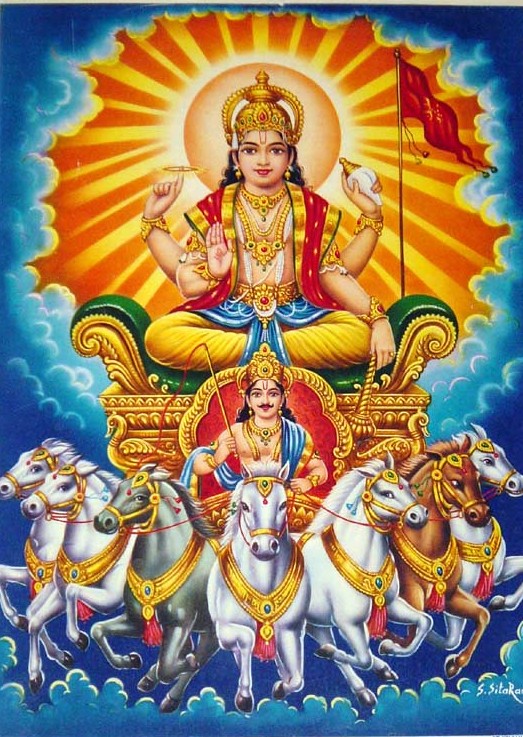
Archana is a personal mode of offering your prayers to God or Goddess performed by temple priests by chanting specific slokas and mantras for the deity, to seek answers for your prayers. As per the custom, the name,gothram (God gothram will be consideredif there is no information) and birth star are recited while chanting the Vedic mantras which carries your prayers to the deity.
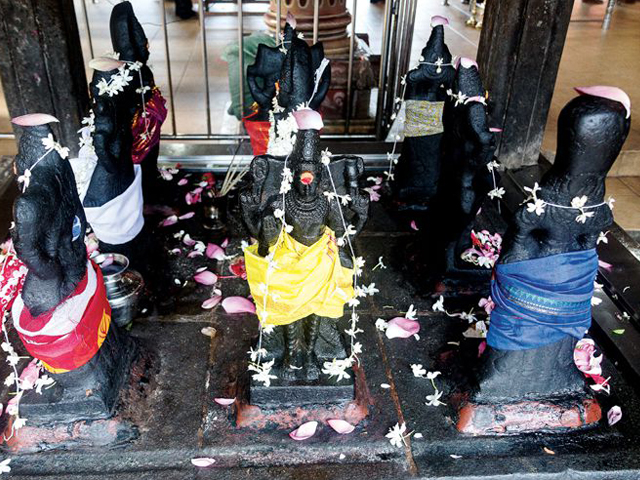
Archana is a personal mode of offering your prayers to God or Goddess performed by temple priests by chanting specific slokas and mantras for the deity, to seek answers for your prayers. As per the custom, the name,gothram (God gothram will be consideredif there is no information) and birth star are recited while chanting the Vedic mantras which carries your prayers to the deity.
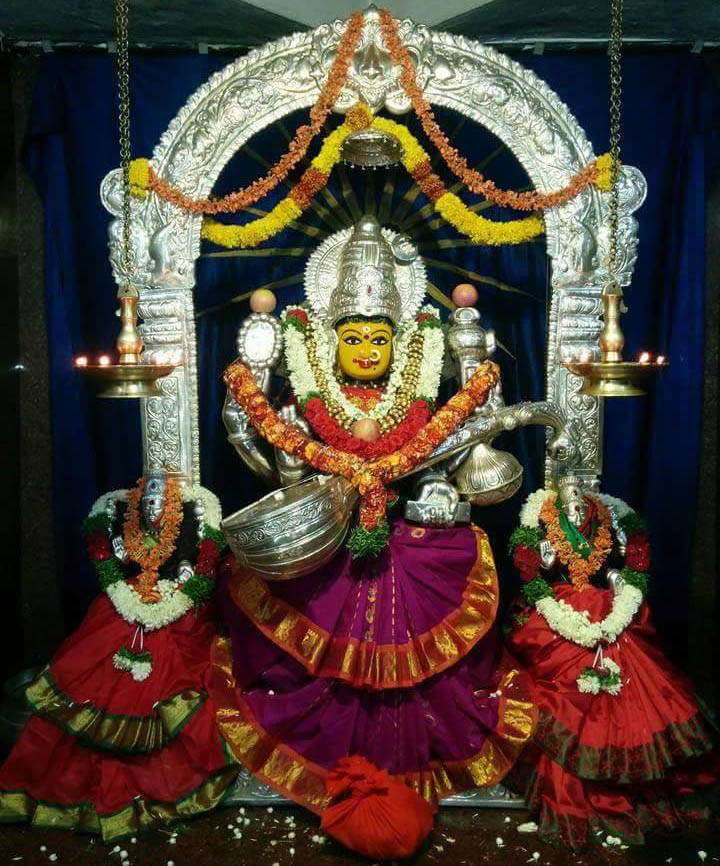
Archana is a personal mode of offering your prayers to God or Goddess performed by temple priests by chanting specific slokas and mantras for the deity, to seek answers for your prayers. As per the custom, the name,gothram (God gothram will be consideredif there is no information) and birth star are recited while chanting the Vedic mantras which carries your prayers to the deity.
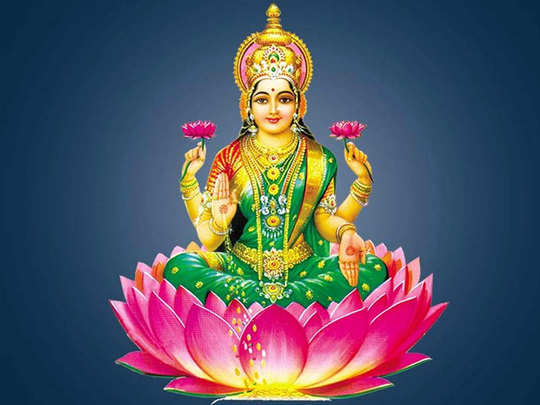
Archana is a personal mode of offering your prayers to God or Goddess performed by temple priests by chanting specific slokas and mantras for the deity, to seek answers for your prayers. As per the custom, the name,gothram (God gothram will be consideredif there is no information) and birth star are recited while chanting the Vedic mantras which carries your prayers to the deity.
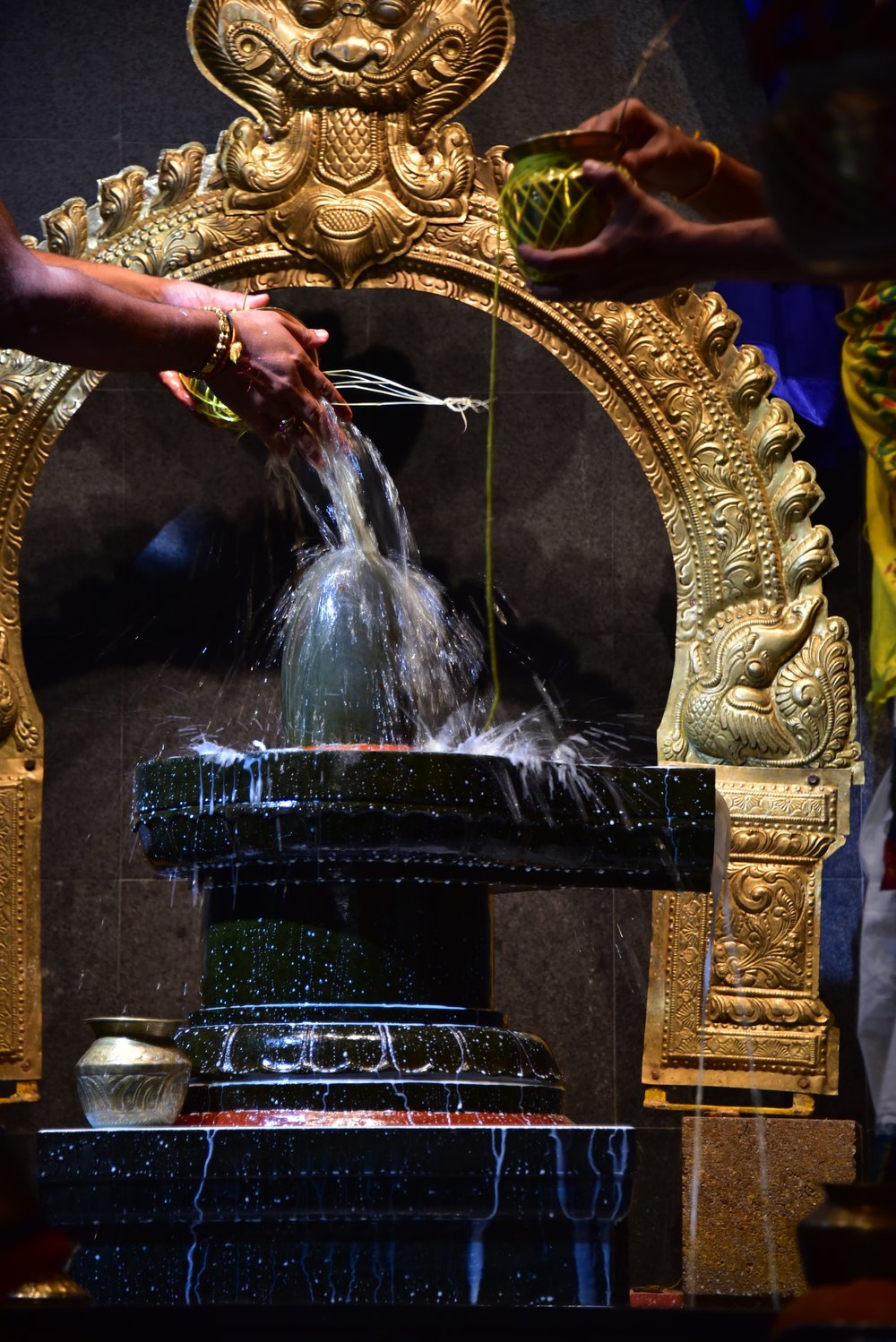
Abhishekam means bathing of the deity to whom our worship is offered. Generally liquid offerings such as milk, yogurt, honey, panchamrita, rose water, sandalwood paste or sesame oil are poured on the deity while the mantras are chanted. Abhishekam is symbolically cleansing the idol. It signifies the importance of cleanliness which indicates the physical, mental and spiritual purity. When such cleanliness is maintained, turning ourselves to God becomes easier.

Abhishekam means bathing of the deity to whom our worship is offered. Generally liquid offerings such as milk, yogurt, honey, panchamrita, rose water, sandalwood paste or sesame oil are poured on the deity while the mantras are chanted. Abhishekam is symbolically cleansing the idol. It signifies the importance of cleanliness which indicates the physical, mental and spiritual purity. When such cleanliness is maintained, turning ourselves to God becomes easier.

Abhishekam means bathing of the deity to whom our worship is offered. Generally liquid offerings such as milk, yogurt, honey, panchamrita, rose water, sandalwood paste or sesame oil are poured on the deity while the mantras are chanted. Abhishekam is symbolically cleansing the idol. It signifies the importance of cleanliness which indicates the physical, mental and spiritual purity. When such cleanliness is maintained, turning ourselves to God becomes easier.
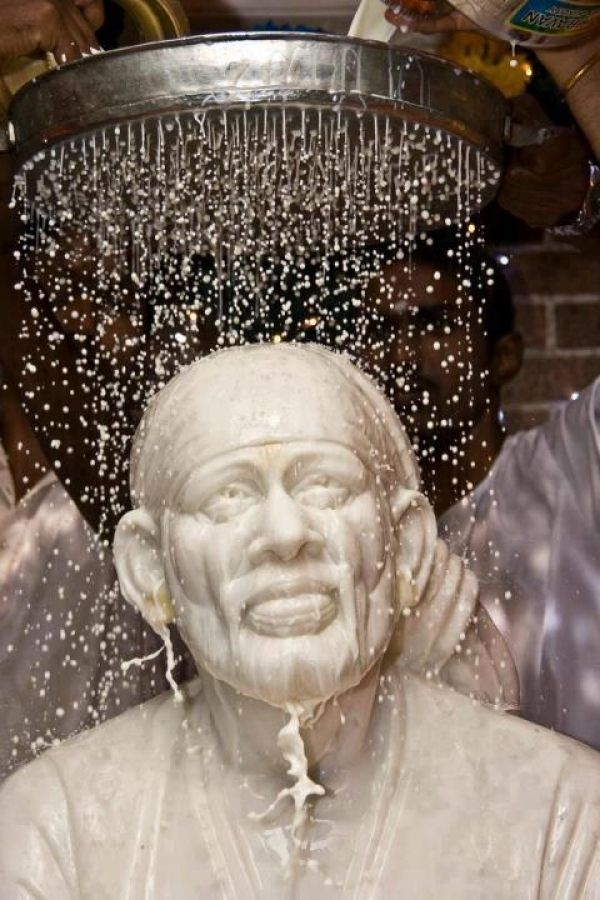
Abhishekam means bathing of the deity to whom our worship is offered. Generally liquid offerings such as milk, yogurt, honey, panchamrita, rose water, sandalwood paste or sesame oil are poured on the deity while the mantras are chanted. Abhishekam is symbolically cleansing the idol. It signifies the importance of cleanliness which indicates the physical, mental and spiritual purity. When such cleanliness is maintained, turning ourselves to God becomes easier.

Abhishekam means bathing of the deity to whom our worship is offered. Generally liquid offerings such as milk, yogurt, honey, panchamrita, rose water, sandalwood paste or sesame oil are poured on the deity while the mantras are chanted. Abhishekam is symbolically cleansing the idol. It signifies the importance of cleanliness which indicates the physical, mental and spiritual purity. When such cleanliness is maintained, turning ourselves to God becomes easier.

Abhishekam means bathing of the deity to whom our worship is offered. Generally liquid offerings such as milk, yogurt, honey, panchamrita, rose water, sandalwood paste or sesame oil are poured on the deity while the mantras are chanted. Abhishekam is symbolically cleansing the idol. It signifies the importance of cleanliness which indicates the physical, mental and spiritual purity. When such cleanliness is maintained, turning ourselves to God becomes easier.
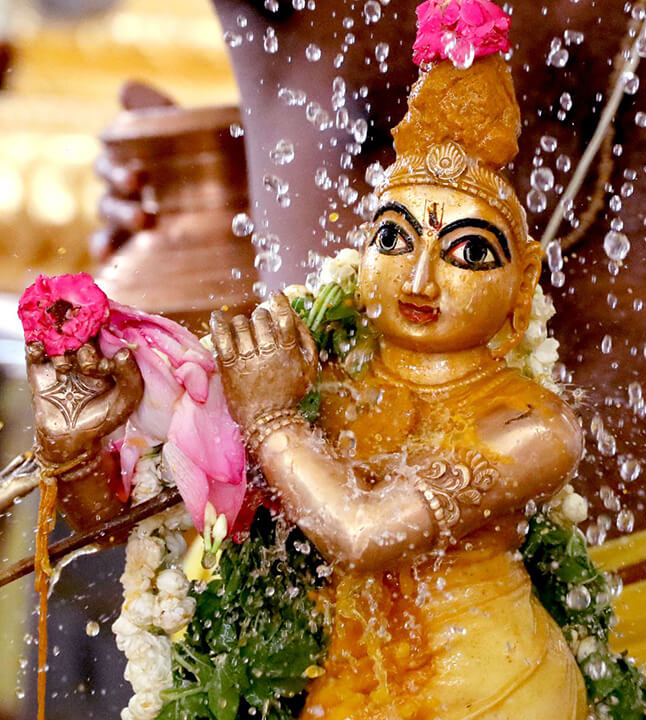
Abhishekam means bathing of the deity to whom our worship is offered. Generally liquid offerings such as milk, yogurt, honey, panchamrita, rose water, sandalwood paste or sesame oil are poured on the deity while the mantras are chanted. Abhishekam is symbolically cleansing the idol. It signifies the importance of cleanliness which indicates the physical, mental and spiritual purity. When such cleanliness is maintained, turning ourselves to God becomes easier.
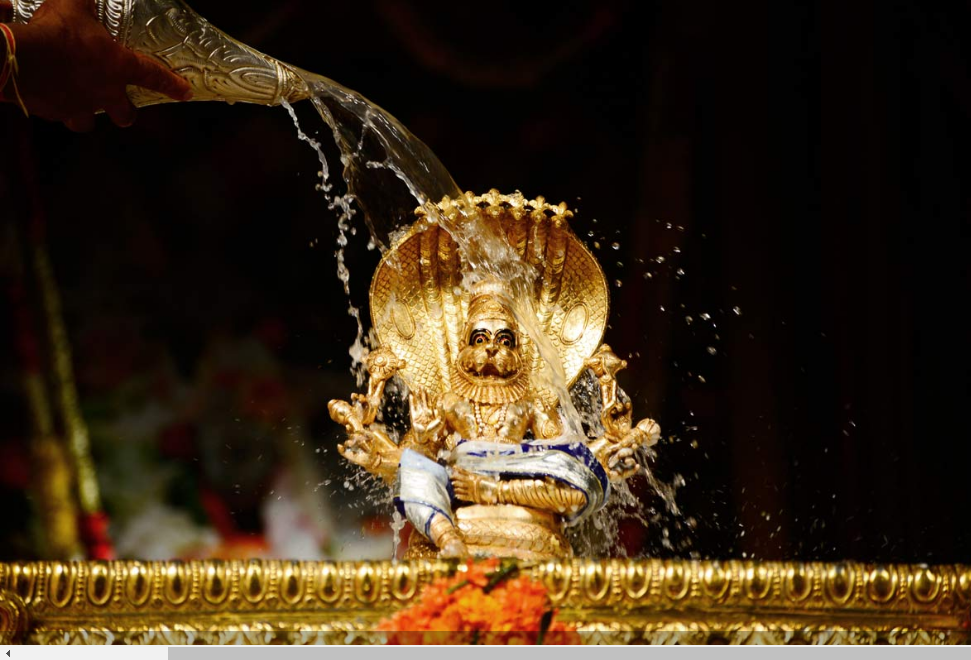
Abhishekam means bathing of the deity to whom our worship is offered. Generally liquid offerings such as milk, yogurt, honey, panchamrita, rose water, sandalwood paste or sesame oil are poured on the deity while the mantras are chanted. Abhishekam is symbolically cleansing the idol. It signifies the importance of cleanliness which indicates the physical, mental and spiritual purity. When such cleanliness is maintained, turning ourselves to God becomes easier.
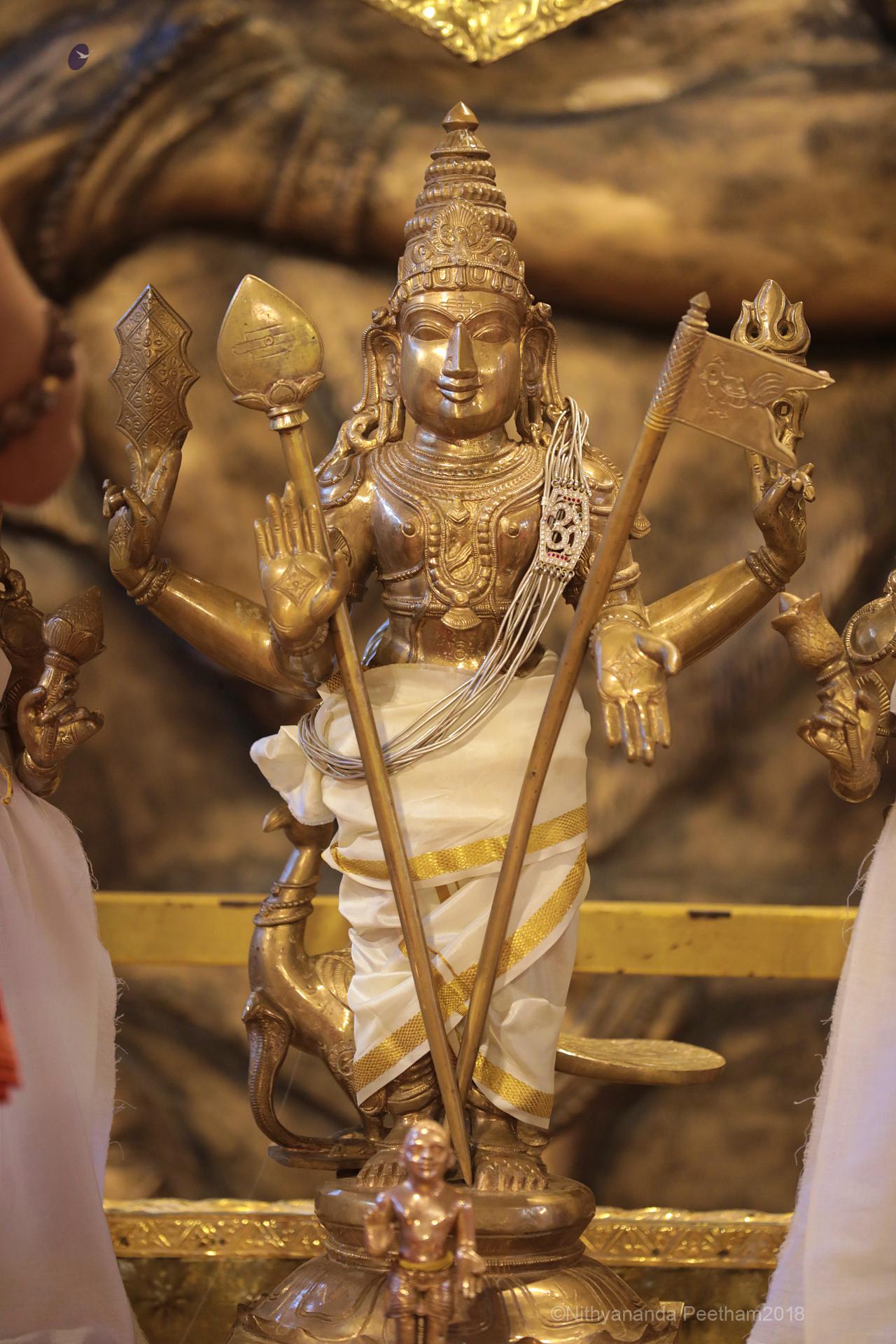
Abhishekam means bathing of the deity to whom our worship is offered. Generally liquid offerings such as milk, yogurt, honey, panchamrita, rose water, sandalwood paste or sesame oil are poured on the deity while the mantras are chanted. Abhishekam is symbolically cleansing the idol. It signifies the importance of cleanliness which indicates the physical, mental and spiritual purity. When such cleanliness is maintained, turning ourselves to God becomes easier.

Abhishekam means bathing of the deity to whom our worship is offered. Generally liquid offerings such as milk, yogurt, honey, panchamrita, rose water, sandalwood paste or sesame oil are poured on the deity while the mantras are chanted. Abhishekam is symbolically cleansing the idol. It signifies the importance of cleanliness which indicates the physical, mental and spiritual purity. When such cleanliness is maintained, turning ourselves to God becomes easier.
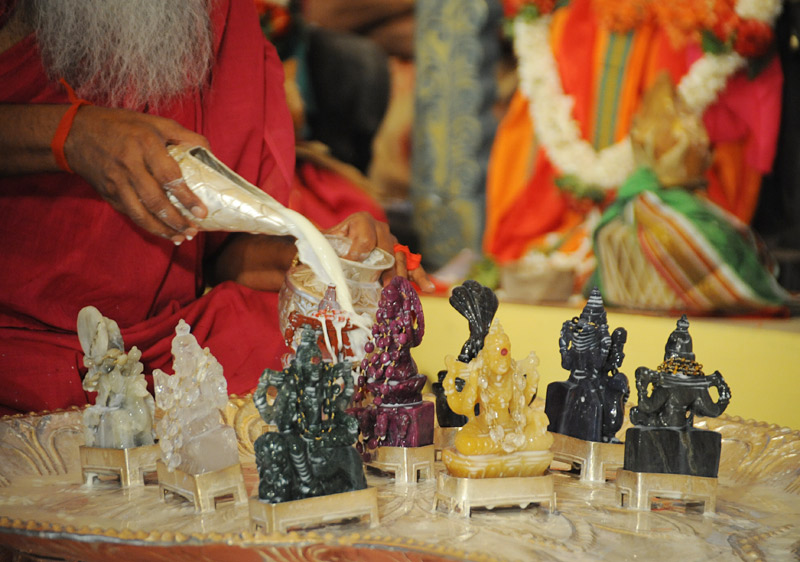
Abhishekam means bathing of the deity to whom our worship is offered. Generally liquid offerings such as milk, yogurt, honey, panchamrita, rose water, sandalwood paste or sesame oil are poured on the deity while the mantras are chanted. Abhishekam is symbolically cleansing the idol. It signifies the importance of cleanliness which indicates the physical, mental and spiritual purity. When such cleanliness is maintained, turning ourselves to God becomes easier.

Abhishekam means bathing of the deity to whom our worship is offered. Generally liquid offerings such as milk, yogurt, honey, panchamrita, rose water, sandalwood paste or sesame oil are poured on the deity while the mantras are chanted. Abhishekam is symbolically cleansing the idol. It signifies the importance of cleanliness which indicates the physical, mental and spiritual purity. When such cleanliness is maintained, turning ourselves to God becomes easier.
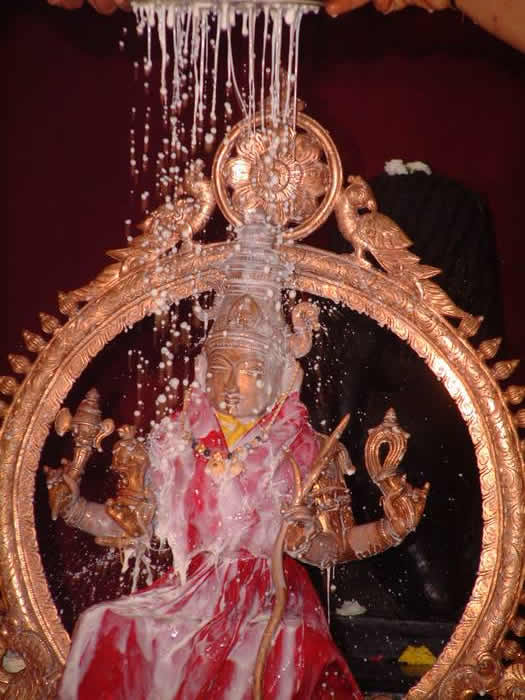
Abhishekam means bathing of the deity to whom our worship is offered. Generally liquid offerings such as milk, yogurt, honey, panchamrita, rose water, sandalwood paste or sesame oil are poured on the deity while the mantras are chanted. Abhishekam is symbolically cleansing the idol. It signifies the importance of cleanliness which indicates the physical, mental and spiritual purity. When such cleanliness is maintained, turning ourselves to God becomes easier.
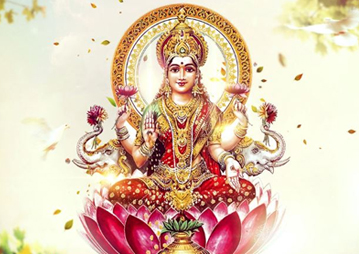
Goddess Lakshmi is known to be the granter of wealth, prosperity and fortune. This puja is performed to attain financial growth and wisdom. Lord Vishnu is also worshipped on this day and he is known to be the granter of fertility.
Significance:
To attain financial stability and prosperity
Eradicates all the evil forces
Performed during Diwali, Dhanteras and Fridays.
When to perform this Puja:
Diwali, Dhanteras and Fridays are considered auspicious times to perform this Puja.
Advantages of this Puja:
Attain Financial success in life
Eradicates all the Evil forces and negativities
All the doshas and planetary ill-effects are nullified
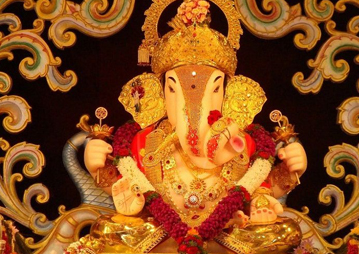
Lord Ganesha is known to be the remover of obstacles and provider of victory. Ganapathi Puja is performed to remove any hurdles in our lives and bring success in our lives. Lord Ganesha is the first amongst the Gods to be worshipped before any Puja. Any auspicious event or Puja starts with the Ganapathi Puja.
Significance:
This Puja grants Siddhi (power) and Buddhi (intelligence) in our lives
Performed to remove all the hurdles and obstacles
Grant wealth and success
This puja is performed before any homam or puja
When to Perform this Puja?
Ganapathi Puja is performed during the beginning of any auspicious event and on the day of Ganesh Chathurthi
Advantages of this Puja:
Eradicates all the financial troubles
Students are granted wisdom
It removes all the evil forces blocking our success
Grants peace and prosperity in our lives
Removes all the negativities surrounding us and brings in positivity.
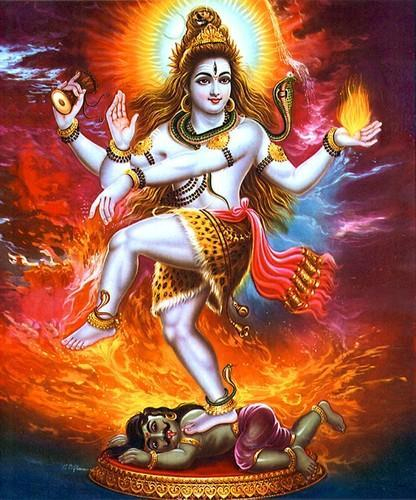
The Maha Mrithyunjaya Japam represents to Lord Shiva, as per Hindu mythology and spirituality Maha Mrithyunjaya Japam or Maha Mrithyunjaya Mantram is the most significant Japam. This japa mantra is a mix of three Sanskrit language words that is,Maha implies Great, Mrithyun implies Death, and Jaya implies Victory. Maha Mrithyunjaya it means Victory over death. Maha Mrithyunjaya mantra is also well-known as "Rudra mantra" and "Triyambakam mantra". This mantra is known to have been made by Rishi Markandeya. Rishi markandeya offered Sati, Daksha's daughter with Maha Mrithyunjaya mantra for the moon. Maha Mrithyunjaya mantra: Om, Triyambakam yajamahe Sugandhim pushti-vardhanam Urvarukamiva bandhanan Mrityor mokshiya mamritat Meaning of Mantra: We worship triyambaka (three eyed) fragrant nourisher of life. We offered with liberation from confinements of the death of interminability similarly as the cucumber is served from its servitude to the creeper.
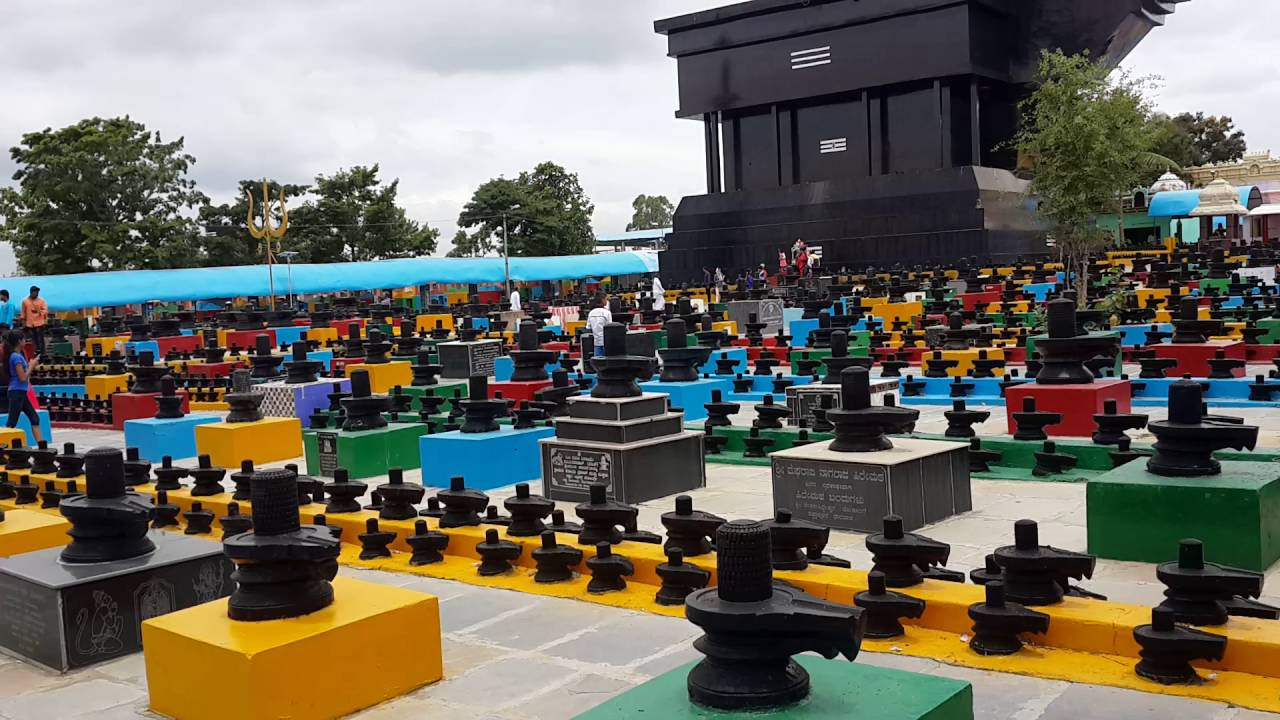
Sahasra Lingarchana is one of a kind ritual to worship a Lord Shiva by the name of “Uma Pardhiveswara” According to our Shiva maha puranam, it is said Lord Shiva and Goddess Parvathi live in kailasham which is encompassed by 16 Avaranas this puja is performed by organizing 1,116 lingas as kailasha prastharam which is the portrayal of Shiva Kailasham with 16 avaranas and each avarana contains a lot of rudra Swaroopa devata ganas. There is a well-characterized name of each aavarana and the respective devata ganas in the Sahasra Lingarchana kalpam. Devotees lounge around this arrangement to pray and chant Shiva Shakti is invoked into every Shiva lingam through vedic mantras during Shodasa Aavarana puja and worshiped with devotion and bhakti to look for the blessings of Uma Pardhiveswara Swamy for health, wealth, prosperity and extreme mukthi. Sahsra Lingarchana puja is said to give the reults equivalent to any pilgrimage.

This pooja can be performed on Mondays, Shravan, Karthik months, or any auspicious date compatible withyour janma nakshatra.
Significance
To get a good health.
Performed as a one time pooja to lord shiva for the whole year.
Done on Mondays or an auspicious date compatible with your janma Nakshatra
Main Deity : Shiva lingam
Putta mannu is the Main ingredient used.
When to Perform Maha Lingarchana ?
This pooja can be performed on Mondays, Shravan, Karthik months, or any auspicious date compatible with
your janma nakshatra.
Benefits of Maha Lingarchana :
Performing Maha lingarchana dissolves our past and future birth Doshas.
The karta is blessed with good Health and wealth by doing this pooja.
Helps in improvement in employment, business and agriculture.
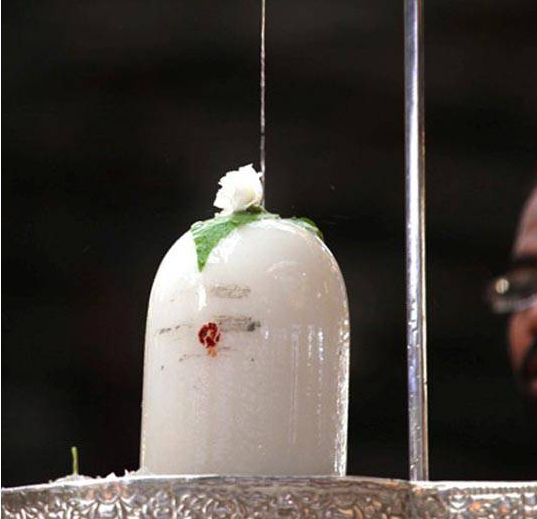
Performing Rudrabhishekam on a Amavasya (Full moon day) is very unique to maheshwara swamy. Perform
Mahanyasa Purvaka Rudrabhishekam for 3 times on a full moon day to see better results in 3 months.
Significance:
To achieve Victory over death.
Performed to remove negative effects of nakshatras.
Done on an auspicious day based on the janma nakshatra.
Main Deity: Lord Shiva
Panchamritam and water is main samagris.
When to Perform Rudrabhishekam Pooja?
The date can be fixed as per one’s janma nakshatra, the yoga, and thithi of that date. Mondays, Shravan,Karthika Masam are beneficial to perform Rudrabhishekam.
Benefits of Rudrabhishekam Pooja:
Rudrabhishekam is performed to minimize the malefic effect of Punarvasu, Pushyami, and Ashlesha Nakshatras and make it beneficial and powerful.
Rudrabhishekam pooja helps in the removal of negativity, bad karmas and gives the protection in life.
This pooja helps in getting rid of the negative effects of the moon and having a strong mind, good health,harmony and wealth.

Ayyappa Swamy is the son of Lord Shiva and Mohini (female avatar of Lord Vishnu). Hence, he is also known as Hari Haran. Sabareshwara and Manikantha are the other names by which Ayyappa is known as.He is known to be the remover of evil. Devotees don the Ayyappa Deeksha and Vratam for 41 days with strict rules in order to please Ayyappa Swamy. Ayyappa is worshipped on this day by the chanting of Namavalis and Padi puja is performed by chanting slokas, lighting diyas and Neyyabhishekam(Ghee offering). The Puja is accompanied by Kirthanas and Bhajanas.
Significance:
Performed during the Vratham of Ayyappa Swamy Deeksha
18 padi pujas, Namavalis and Astothrams are performed.
Aravana Paayasam is the main naivedyam prepared on this day.
When is this Puja performed?
This Puja is performed during the Ayyappa Deeksha. It generally done in the months of December and January.
Advantages of this Puja:
Grants Self-esteem and Self-control leading to a successful life
All the evil and negativities are removed and eradicated
All the hurdles are removed and people are blessed with peace and prosperit
The Mind and Soul are purified resulting in a Happy life
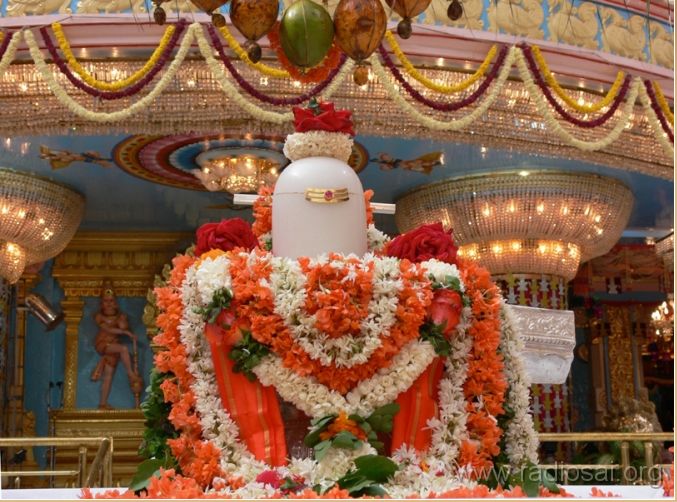
Rudrabhishekam is a very powerful pooja done for Shiva Devaru. Rama Devaru performed this pooja in Rameswaram to get the blessings of Lord Shiva. This pooja bestows one with a strong mind, good health and gets rid of evil effects.
Significance:
To achieve victory over death and overall well being.
Performed to remove negative effects of nakshatras.
Rudrabhishekam puja is performed to Lord Shiva in the Rudra form. During the Puja, Rudra suktham is chanted to the Shiva linga. By performing this puja, the Lord siva gets pleased and grants devotes with the desires. Shiva linga is worshipped with Panchamrith and water. The eleven forms of Rudra are worshipped during the puja. Sthapana laghu-nyasam and Rudra Trishati are recited during the Puja.
When to Perform this Puja?
The date is fixed as per the birth star of the person. Generally, Shravana maasam, Karthika maasam are considered auspicious to perform this puja.
Advantages of this Puja:
The negativities and the bad doshas of the person are removed
The Evil forces are eradicated
The ill effects of Punarvasu, Ashlesha and Pushyami nakshatras are nullified
The negative effects of moon are eradicated

Anvashtaka ritual is observed on the ninth day during the waning phase of moon or the Krishna
Paksha Navami in many places across the country. Since, Kalasarpa yoga or dosha is hereditary in
nature, performing the homa on this day is favourable. The yagya is important as it helps to
overcome all problems in life.
Best and the most auspicious time to do this puja is the Amavasya day that falls on a Wednesday
Significance
Performed for Kala sarpa dosha Nivarati.
Untimely obstacles or hurdles are removed.
Done on an auspicious date compatible with your Janma Nakshatra.
Main Deity: Rahu and Kethu.
Main ingredient is Black Gram (Karuppu ulundhu) and Horse Gram (kollu).
When to Perform Kaala Sarpa Dosha Nivarthi?
Any person who is having this dosha can perform this Nivarana, the date can be selected as per the
janma Nakshatram of the person.
Benefits of Kaala Sarpa Dosha Nivarthi:
All the malefic effects of the planets causing due to the Kaala Sarpa Dosha is nullified by performing
this Navaratri.
The person is bestowed with good fortune, prosperity, and harmony.
Untimely incidents, obstacles or hurdles in one’s life is removed by performing this homam.Any
person who is having this dosha can perform this Nivarana, the date can be selected as per the
janma Nakshatram of the person.
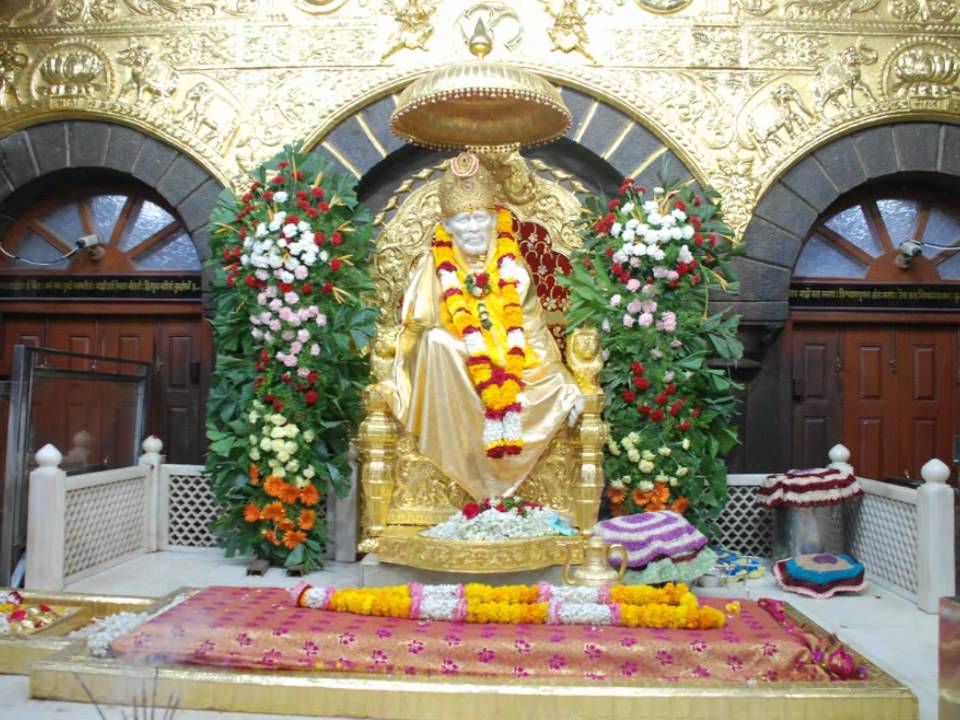
Guru Pournami (or) Guru Purnima is celebrated on the full moon day, known as Purnima as per the Hindu calendar of Ashadha month. One pays obeisance to the Guru or teacher on this day, thanking for all the knowledge and life-lessons.
Guru Purnima Timings:
Guru Purnima on Sunday, July 5, 2020
Purnima Tithi Begins - 11:33 AM on Jul 04, 2020
Purnima Tithi Ends - 10:13 AM on Jul 05, 2020
Significance:
Guru Purnima is a day to pay ode to the selfless contributions of a Guru. Interestingly, the Sanskrit word Guru itself means one who removes ignorance Gu meaning ignorance and Ru means remover.
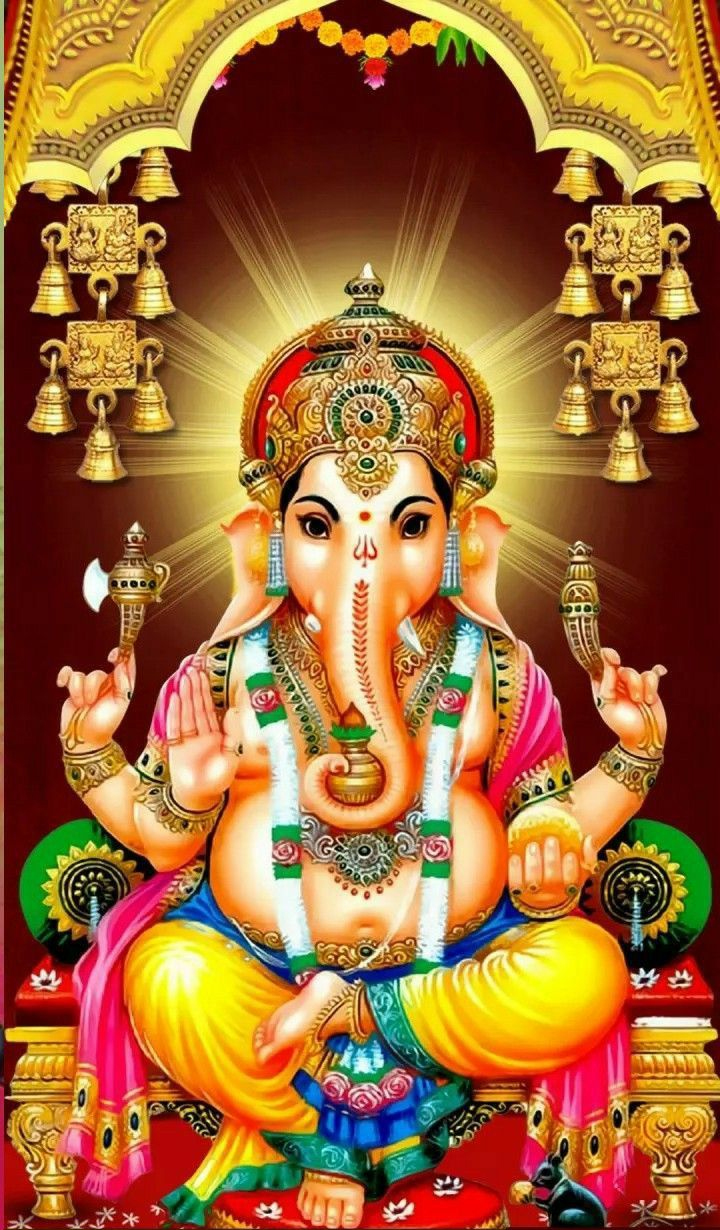
Sankata means deliverance during troubled times. Lord Ganesha, the supreme lord of intelligence, symbolizes the remover of all obstacles. Hence it is believed that one can get rid of all obstacles by praying and observing fast. Each lunar month in Hindu calendar has two Chaturthi Tithis. The one after Purnima or full moon during Krishna Paksha is known as Sankatahara or Sankashti Chaturthi. After Amavasya or new moon during Shukla Paksha is known as Sukla (Vinayaka) Chaturthi. On Bhadrapada Sukla Chaturthi we celebrate Vinayaka Chavithi. If Sankatahara Chaturthi falls on Tuesday it is called Angarki Chaturthi and it is considered highly auspicious.
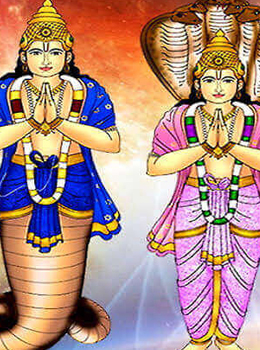
Rahu and Ketu are shadowy planets. The movements of the planets are interrelated and they are opposite to each other. If all the planets in a person’s birth chart come within a Semi circle made between Rahu and Ketu, it is considered to be bad and called as Kala Sharpa Yoga. With Rahu Ketu Dosha, it obstructs all the good things in one’s life. Irrespective of the preventative actions taken, it always brings problems in life
.
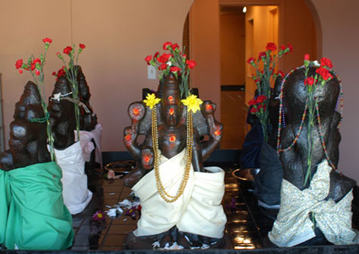
Abhishekam Description Navagraha Rituals (Pujas) are performed if the situation and movements of the Grahas (planets) are inauspicious, negative in our Kundali/ Horoscope. Significance To remove Navagraha Dosham, Navagraha Dosha Nivarana Abhishekam is performed based on our horoscope. This is generally performed on an auspicious day based on the janma nakshatra. Main Deity: Navagrahas (Nine Planets). Nava Dhaniyams (Nine grains) are the main ingredients. When to Perform Navagraha Dosha Nivarana Abhishekam? The date can be fixed according to one’s nakshatra and thithi of that particular date for performing homam. Benefits of Navagraha Dosha Nivarana Abhishekam: Navagraha dosha nivarana abhishekam protects one from their Graha doshas that are present in their horoscopes thereby reducing the malefic effects of the badly placed planets. The Navagraha dosha nivarana abhishekam also cures any type of health problems and any type of troubles or illnesses. This abhishekam protects us from all our troubles and sufferings. One shall be blessed with a happy life and positivity in life. The Navagraha dosha nivarana abhishekam is also a powerful remedy for a person’s graha dosha present in his/her horoscope that had been causing lots of problems like late marriage, delayed child birth, financial losses, frequent illness etc. This abhishekam also provides relief from drishti and negative energy. The Navagraha dosha nivarana abhishekam gives one a great boost in their career life and helps one succeed professionally.
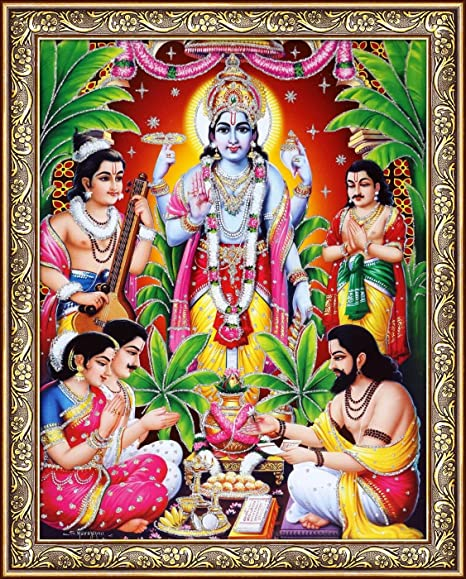
Lord Satyanarayana is the “highest being who is an embodiment of truth”. Satyanarayana puja is performed to Lord Vishnu which bestows us with good health and wealth. During the puja, Satyanarayana katha is recited. Ganesh Puja is performed first followed by Lord Satyanarayana puja. The puja grants truthfulness and righteousness in devotees lives. The puja is generally performed on a full moon day. Rava Kesari is the main naivedyam offered to the lord on this day.
Significance:
Bestows success in business and academic lives
Eradicates all the evil and the negative energies
Marks the auspicious beginnings
When to Perform this Puja:
Ekadashi, Pournami and Saturdays are considered to be the auspicious days to perform this puja. Also, based on the birth star of the person, the puja is performed.
Advantages of this Puja:
Protects from evil and negative forces
Removes all the sins
Grants success in all the aspects of life
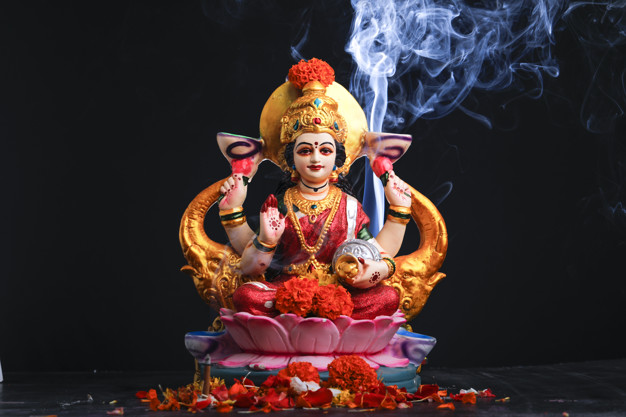
Every year Varalakshmi Vratham is observed in the Sravana month. It is celebrated on Friday
preceding the full moon day. Those who cannot perform it on that day, can do it on any
other Friday in that month. On this day, married woman should observe fasting till they
finish the puja.
Significance
To acquire wealth and prosperity
Varalakshmi is a goddess who gives all the boons and wishes.
Performed on Shravana Fridays.
Deity worshiped : Goddess Varalakshmi
When to Perform Varalakshmi Pooja?
Vara Lakshmi Vratham usually performed during Shravana Fridays and especially on 9th
August 2019.
Benefits of Varalakshmi Pooja :
Varalakshmi pooja will help one attain High Financial Status in life and empower one with
high Self-esteem.
Performing this Pooja helps in getting rid of all the obstacles and problems that the person
might encounter in their life.
Performing this Pooja helps us to get rid of negative influences, karmic issues and any
doshas in our horoscope.
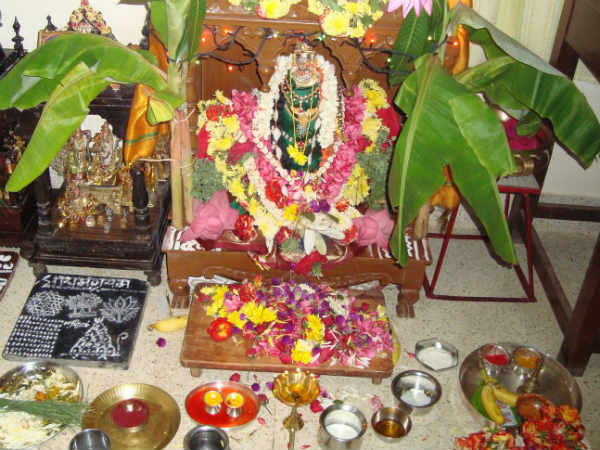
The Kedareswara Vratha Puja implicates the importance of women being equal to men. This was performed by Parvathi Devi to become a part of Lord Shiva. This process was called as Ardhanareeswara This is performed on the day of Bhadrapada Shukla. People fast on this day and worship Lord Kedareswara. Meals are arranged for a Brahmin after the Puja. Generally this Puja is performed for 21 days until Amavasya. It 2 believed that whoever performs this Vratha 21 times shall be granted heaven after death.
Significance:
This Puja is performed to get all the wishes fulfilled
This is performed during Diwali on Amavasya
When to Perform this Puja ?
This Puja is performed during the Amavasya of Diwali season
Advantages of this Puja:
By performing this Puja, we please Lord Shiva.
All the desires and wishes are granted
Peace, Health and Prosperity are bestowed
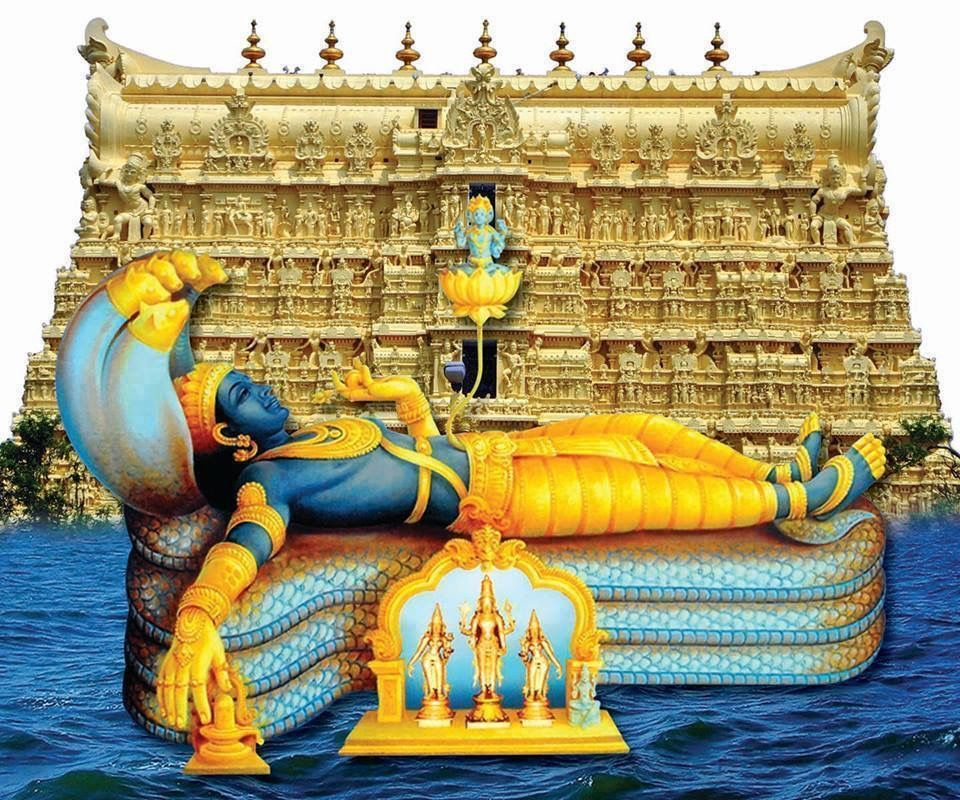
This Puja is performed to Lord Vishnu who appeared on this day lying on the couch of “Ananthasesha” which is the thousand hooded snake. This Vratha is primarily performed to regain the lost prosperity and removal of sorrows. As this falls on the Ananth Chaturdashi day, it is believed that the frequencies of Lord Vishnu are very high. Deities Yamuna and Sesha are also worshipped on this day. Lord Vishnu in Ananth Padmanabha form is worshipped with 14 varieties of flowers and leaves. This Vratha was suggested by Lord Krishna to Yudhishtira to be performed during the 14 years of exile.
Significance:
Performed to regain lost prosperity and removal of sorrows
Occurs on the Ananth Chaturdashi day.
14 different types of flowers and leaves are used.
When is the puja performed?
The Puja is performed on the 14th day of Bhadrapada month. It generally falls in the months of September and October.
Advantages of the Puja
This puja helps people in regaining their lost prosperity.
Provides relief from all the karmic difficulties
Couples perform this puja for a happy and trouble-free married life
It helps in purification of the Soul

Sankata means deliverance during troubled times. Lord Ganesha, the supreme lord of intelligence, symbolizes the remover of all obstacles. Hence it is believed that one can get rid of all obstacles by praying and observing fast. Each lunar month in Hindu calendar has two Chaturthi Tithis. The one after Purnima or full moon during Krishna Paksha is known as Sankatahara or Sankashti Chaturthi. After Amavasya or new moon during Shukla Paksha is known as Sukla (Vinayaka) Chaturthi. On Bhadrapada Sukla Chaturthi we celebrate Vinayaka Chavithi. If Sankatahara Chaturthi falls on Tuesday it is called Angarki Chaturthi and it is considered highly auspicious.

When to Perform Barasala (Namakaranam)
This Ceremony is usually performed on the eleventh day of the child’s birth. But can be performed on any day compatible with the janma nakshatra of the baby child.
Barasala is usually celebrated on the 11th day, 16th day,21st day, 3rd month or 29th month after the
birth of a child. The most suitable Tihis for this function are Dwiteeya, Triteeya, Panchami, Saptami,
Trayodashi, and Dashami.
Significance:
Performed to name the new born baby as per shastras.
Name should signify sex, fame, wealth, power.
Performed on the 11th day from the day of birth.
Mantras are chanted for the baby’s well-being
When to Perform Barasala (Namakaranam)?
This Ceremony is usually performed on the eleventh day of the child’s birth. But can be performed
on any day compatible with the janma nakshatra of the baby child.
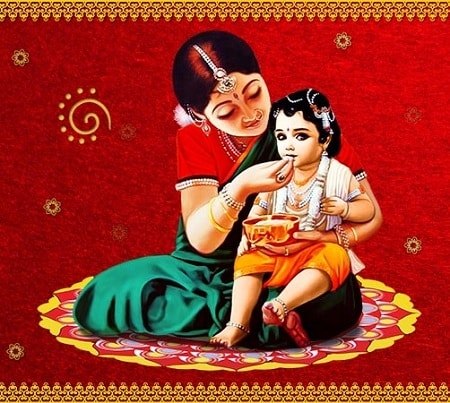
Right Time for Annaprashan Sanskar- Usually, Annaprashan is performed when the baby is around 6
months old; as this is the time when baby gets some teeth. Annaprashan is performed during the
even months for boys, generally in the child's sixth or the eighth month. For girls, it is performed
during the odd months, usually the child's fifth or the seventh month.
Significance
Baby takes the solid food for the first time.
It helps the baby to grow healthy and strong.
Performed on 6th or 7th month on janma nakshatra day.
Mantras are chanted for the baby’s well-being.
Payasam, Nei Saadham or Milk Rice is the main ingredient for the Ceremony.
When to perform Annaprasana?
This ceremony is usually performed on the 6th or 7th month on a date which is compatible with the
janma nakshatra of the child on a good and an auspicious thithi and yoga.
Benefits of Annaprasana:
Annaprasana ceremony ensures that performing this pooja helps the child have good digestion and
which will in turn help the child to grow healthy and strong.
Anything unhealthy or any substance that will cause illness to the child will be cleansed once this
pooja is performed.
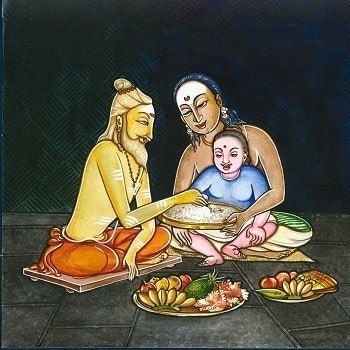
Saraswati devi is the Goddess of wealth, intelligence and wisdom. She is the companion of Lord Brahma who is the god of arts and wisdom. By performing this Puja, people are blessed with excellence in studies, arts and career. The puja shall bestow success and knowledge in individual’s life. The Puja removes all stress and pressure related to the professional and educational aspects. Amla is the primary ingredient used in the naivedyam. The chantings of Saraswati mantra are performed during the puja.
Significance:
Performed to bestow wisdom and knowledge
Increases the mental ability to excel
Bestows success in professional and academic aspects
Generally performed on Panchami Thithi
When to Perform this Puja?
The puja is performed on any of the panchamis. Vasant Panchami and navratris are considered the auspicious time to perform the saraswati puja.
Advantages of this Puja:
Excellence in professional and academic life
Grants wisdom in the fields of art and music
Increases the memory, concentration and will power
Eradicates all the obstacles in the path of our success
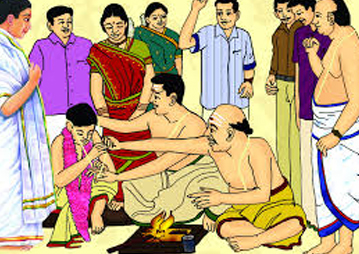
The ceremony was typically performed at age eight among the Brahmins, at age 11 among
the Kshatriyas, and age 12 among Vaishyas.[3][18] Apastamba Gryha Sutra, in verse
1.1.1.27, places a maximum age limit of 24 for the Upanayana ceremony and start of formal
education. However, Gautama Gryha Sutra and other ancient texts state that there is no age
restriction and anyone of any age can undertake Upanayanam when they feel they initiate
their formal studies of the Vedas.
Significance
The boy gains the right to study Vedas through this ceremony.
This allows a Brahmin boy to enter into Brahmacharya Avastha.
The three threads stand for Brahma, Vishnu, and Siva.
Done on an auspicious date compatible to Janma Nakshatra of the boy.
When to Perform Upanayanam Ceremony?
When the male child attains the age of 8 years this ceremony is performed by fixing a
Muhurth based on the birth nakshatra of the boy.
Benefits of Upanayanam Ceremony:
The Boy is now eligible ready to learn all vedas and he is now allowed to perform.
He is protected from all kinds of evil spirits and negative energies.
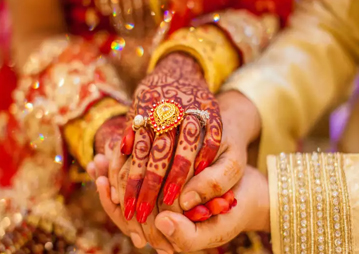
Marriage: There are many rituals as a part of the marriage: Snathakam: Snathakam is a ceremony that is performed at the Bridegroom's home before the muhurtham of marriage. During this ritual, the groom is made to wear a holy thread. Managala gouri Puja: This puja is dedicated to Goddess gowri or Parvati. This puja is believed to bring good will, prosperity and long life. It is performed for good health and long life of their husbands Pada Prakshalana: The groom's feet is washed by the bride's parents. During the marriage ceremony, the groom is considered to be Vishnu murthy. Jeela karra Bellam: This ritual signifies the union of the boy and the girl during the marriage. The thick mixture pastes of jeelakarra and bellam are put on a betel leaf and the bride and groom shall put it on each other's head. Mangalya Dharana: The tying of the Thali or the Mangal sutra at the auspicious time set is called as Mangalya dharana. Three knots are tied by the groom to the bride's neck. In some instances, the groom's sister ties the two knots after the first knot from the groom to welcome her to the family Talambralu: Talambralu is Rice is mixed with turmeric, saffron and pearls. Talambralu is showered on each other by the bride and the groom. This ritual is performed after the knot is tied. It symbolizes couple's life to be filled with happiness and prosperity Kanyadhaanam: This is the process where the bride (Kanya) is handed over to the groom's family. The bride's father puts the right hand of the daughter into the right hand of the groom. Arundhathi Nakshatram: Arundhathi who is the wife of Sage Vashishta is known for her loyalty and devotion to her husband. Arundhathi is believed to become a star in the sky. Post the wedding, the groom takes the bride out and shows her the Arundhati star
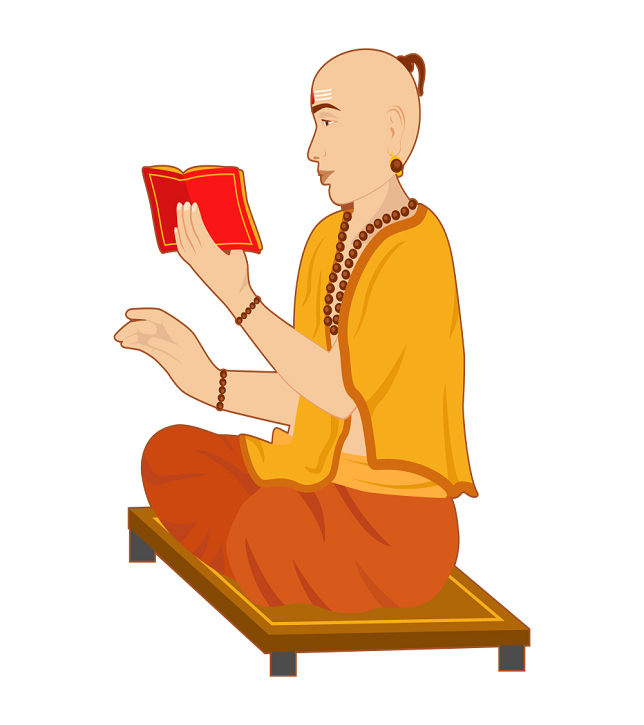
Muhurtham pujas are done during the commencement or inauguration of any project. Be it Movies, Serials, Businesses etc., devotees perform these pujas on auspicious date and time set by the Priest. The puja is performed for success and to ensure no roadblocks occur during the progress.
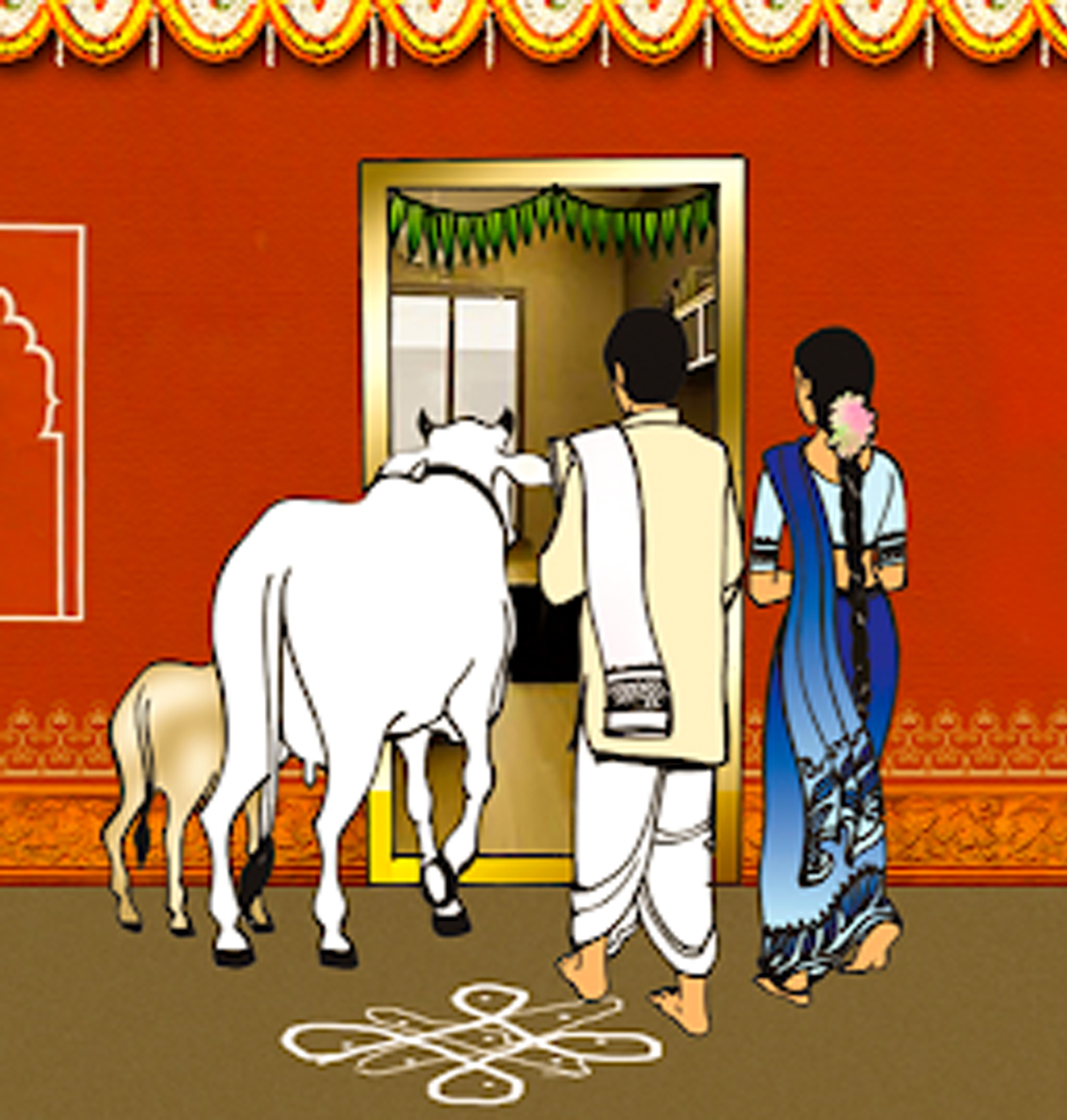
Auspicious muhurats that bring wealth, prosperity and business
Magh Masam (part January and part February)
Falguna Masam (part February and part March)
Baishak Masam (part April and part May)
Jeshtha Masam (part May and part June)
Mahurats with no particular effect but overall well-being
Kartika Masam (part October and part November)
Margshirsh (part November and part December)
Mahurats that are inauspicious
Ashadha (part June and part July)
Bhadrapad (part August and part September)
Ashwin (part September and part October)
Paush (part December and part January)
Dates you must avoid (based on lunar calendar)
4, 9, 14 and Amavas (no moon night)
Significance
Performed before moving into a house, whether rented or owned.
It is the process of removing any negative energy occupying the house.
An auspicious date is compatible with Janma Nakshatra of wife/Female family head.
It helps to please the planets and the Gods, and bring good fortune.
When to Perform Griha Pravesham Pooja?
It is performed on an auspicious Muhurth date as per the nakshatra of the Wife as primary
and the husband’s as secondary or any single owner of the house. It is mostly done on the
Shukla Paksha period of the moon and the hours are fixed on an auspicious lagna.
Benefits of Griha Pravesham Pooja:
Performing griha pravesham pooja spiritually cleanses the new house site from the negative
energy or evil spirits.
It also protects future residents or its occupants from all kinds of troubles.
Performing this pooja removes the ill-effects and Doshas, sanctifies all corners of the house
and Increases good fortune and happy life of the occupants.
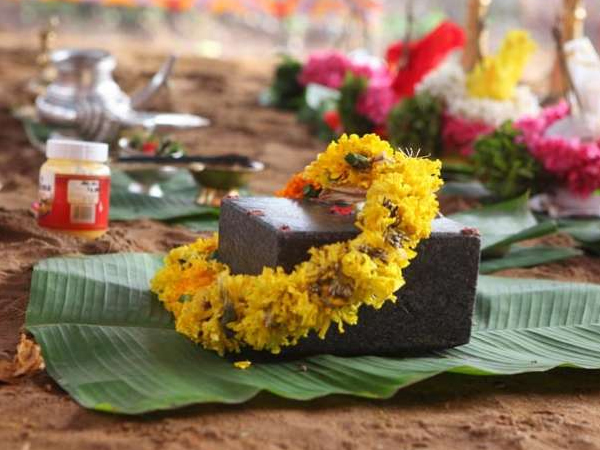
According to Hindu mythology, Mother Earth is considered as Hindu Goddess. Bhumi Puja is performed to Mother Earth and Vastu purusha who is the god of the direction and five forces of the nature. It is performed to remove all the evil forces surrounding the land and to ask for forgiveness for the trouble caused to the living beings who are in the land.
Significance:
The Vastu Dosha is eradicated
To eradicate all the evil effects surrounding the land and instil positive energy.
One of the mandate pujas performed before starting construction or work in any land.
Navagraha Puja and Vastu Puja are the main aspects of the Bhumi Puja
When to perform this Puja?
An auspicious date is finalized as per the Vastu time and the date of birth of the land owners. The Hindu calendar months of Shravan, Kartik, Margshirsh and Paush are considered the most favourable months for this Puja
Advantages of this Puja:
Makes the land fertile
All the evil and negative forces surrounding the land are eradicated
Invokes positivity and prosperity for the occupants
Protects the house hold from all the natural calamities.
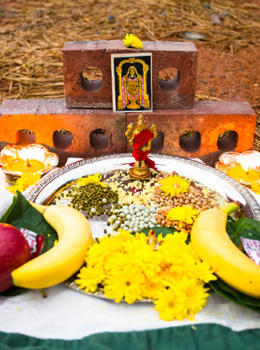
Before building a house performing a bhoomi puja or shankustapana is a decent vastu. Bhoomi is the mother of all the exists. This puja is performed to respect of Goddess Bhoomi and this puja kill the negative impacts and vastu doshas in the land. Bhoomi puja constantly placed in the north-east corner of the construction of the land or for good agricultural yield. On this event people adore to Goddess Bhoomi, Vastu Purusha, and Pancha boothas "the five components of nature". Probably this puja will perform in the period of Margasira, Shravana, Pushya and Karthika masam. Monday and Thursday these two days are exceptionally auspicious for Bhoomi puja or Shankusthapana. This puja should not perform on Tuesday, Saturday and Sundays. As indicated by Hindu thidiya (Thidulu) Fourth, Ninth and Fourteenth thidiya's are not idol for Bhoomi puja.

The primary passageway entryway that we use to come into the home or go out is a principle passageway of the house and is designated "Simha Dwara Puja". The passageway of the home can change our lives every day. On the off chance that we stroll to the correct way, we will have a decent life ahead. In the event that we picked the incorrect way, we might be face inconveniences in our lives. People perform Simha Dwara Puja to acquire great outcomes throughout everyday life. The pillars of the house are places in 'Esanyam', 'Niruti', 'Agnaeyam', 'Vayuvyam' corners. Aside from these four it could be partitioned into nine even parts. These nine sections are viewed as the places of "Navagrahalu". Each heading has a 'Manushya dwaram' called. Human traffic should be through these passageways not through 'devata dwaram' or 'pasu dwaram'. When Simha Dwaram is being built it ought to be situated in the position that is allocated to it and no place else.
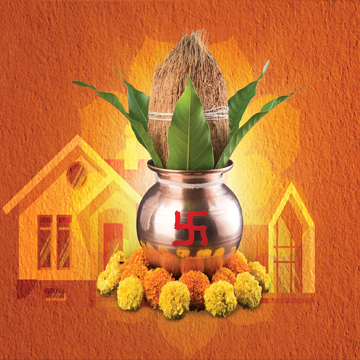
Vastu puja is a spiritual ritual to worship Vastu purush. Vastu purush signifies power,spirit and energy residing the home or building. Vastu means which is existing such as home, building, shelter etc. Vastu Puja is performed to correct the faults of construction and to ensure that the home if free from all the evil and negative vibes. The puja involves worshipping the five elements of nature, natural forces and the deity of directions. All the ill-effects of Vastu dosha are eradicated with this puja.

Vastu Shanti Puja is performed to Vastu purush who is the God of the five elements of nature and directions. He is considered to be the protector of the house. By performing this puja, the house is blessed with harmony, comfort and prosperity. It removes all the Vastu doshas surrounding the house. All the evil and negative forces surrounding the house are eradicated.
Significance:
Removes all the negative and evil forces surrounding the house or office
Eradicates all the doshas
Positivity and harmony is restored
When to Perform this Puja?
The puja is performed as per the Vastu time that occurs in a maximum of two times in a month
Advantages of this Puja:
Blessed the house or office with harmony and prosperity
Protects from all the natural calamities
Bestows positive vibes by removing all the negative and evil forces

The Days of Sankashti Chaturthi of every month and Vinayaka Chaturthi are considered as extremely
auspicious days for this homam. The Homam should take place early in the morning, before sunrise
and the Poornahuti (the last offering signifying the end of the Homam) should take place at sunrise.
3rd day of Navratri which is Tritiya is also a great day to perform Ganapathi Homam.
Significance:
To retain health, wealth and prosperity.
Ganapathy is worshiped before doing any auspicious activity.
This homam is Performed before any Function, ceremony.
Deity Worshiped: Lord Ganapathi.
Ashta Dravya, Durva/Doob grass are the key ingredients used.
When to Perform Ganapathi Homam?
The Brahma Muhurth time i.e. 4:30 am – 6:00 am before sunrise is the best time and the date can be
fixed as per ones janma nakshatra, yoga, and tithi of that date.
Benefits of Ganapathi Homam:
Helps in getting rid of all the obstacles and problems that the person might encounter in their life.
This homam is one of the powerful remedies for the person who Is passing through ‘Ketu Maha Dasa
or Bhukti’ as per their horoscope.
Lord Ganesha is believed to be the governor of the Mooladhara chakra which signifies material
prosperity, hence this homam helps in solving wealth-related issues.
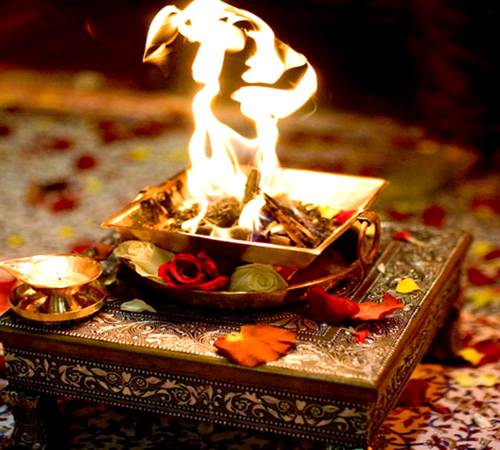
The date can be fixed as per one’s janma nakshatra, the yoga, and thithi of that date. Fridays are
proved to be beneficial to perform this homam. This Homam is performed by invoking the main deities
Goddess Lakshmi and Ganesha followed by chanting Mantras of Devi Lakshmi and Ganapathi
Devudu and then the homam is performed by offering Lotus flowers to Agni.
Significance
To acquire wealth and prosperity.
Lakshmi is the goddess of wealth, fortune and prosperity.
Done on Fridays or any other auspicious day based on the janma nakshatra.
Deity Worshiped: Goddess Lakshmi and Lord Ganapathy.
When to Perform Lakshmi Ganapathi Homam?
The date can be fixed as per one’s janma nakshatra, the yoga, and thithi of that date. Fridays are
proved to be beneficial to perform this homam.
Benefits of Lakshmi Ganapathi Homam:
Lakshmi Ganapathi Homam will help one attain High Financial Status in life and empower one with
high Self-esteem.
Misery and Money related sorrows can be overcome by performing this homam.
Performing this homam helps in getting rid of all the obstacles and problems that the person might
encounter in their life.
This homam is one of the powerful remedies for the person who Is passing through ‘Ketu Maha Dasa
or Bhukti’ as per their horoscope.

Navagraha Rituals (Poojas) is performed if the situation of the Grahas (planets) are inauspicious,
negative, bad effective, bad houses or zodiac in your Kundali/ Horoscope.
Significance
To remove Navagraha Dosham.
Graha shanti is done based on your horoscope.
Done on an auspicious day based on the janma nakshatra.
Main Deity: Navagrahas (Nine Planets).
Nava Dhaniyams (Nine grains) are the main ingredients.
When to Perform Navagraha Homam?
The date can be fixed according to one’s nakshatra the yoga and thithi of that particular date for
performing homam.
Benefits of Navagraha Homam:
Navagraha Homam protects one from their Graha doshas that are present in their horoscopes
thereby reducing the malefic effects of the badly placed planets.
The Navagraha homam also cures any type of health problems and any type of troubles or illnesses.
This homam protects us from all our Troubles and sufferings. One shall be blessed with a happy life
and positivity in life.
The Navagraha homam is also a powerful remedy for a person’s graha dosha present in his/her
horoscope that had been causing lots of problems like late marriage, delayed child birth, financial
losses, frequent illness etc.
This homam also provides relief from drishti and negative energy.
The Navagraha Homam gives one a great boost in their career life and helps one succeed
professionally.
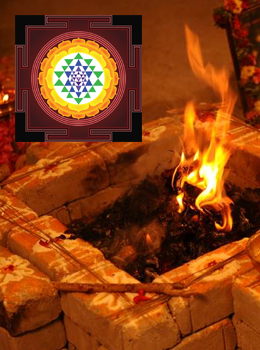
Homam or havan is the offering of different types of poojas to various deities for fulfillment of
wishes by welcoming the power of Agni, The Fire of God. These are performed to bring peace,
prosperity and success in homes or offices. The Vastu Homam is one such sacrifice performed,
usually before shifting into a new home or office.
Vastu Puja benefits
The Vastu Homam is widely practiced before entering new homes by Hindus mostly. Similar beliefs
are accepted in other parts of the world also by the name of Feng Shui. It is a Japanese term and is
meant for the maintenance of positive forces in your house.
According to Hindus, Vastu is extremely important for any residential structure. It is believed that
the directions have huge impact on our lives and thus, the Vastu Homam is done to please the
direction gods who bless us.
The various rituals performed as a part of this puja have been performed since a long time and each
has a meaning. For example when the lady of the house boils milk till it spills out of the new vessel, it
means prosperity and abundance will always prevail inside the new house.
The rituals performed outside the house, prevents negative energies to enter the house.
When you break coconuts at each door, it means you break negativity and welcome positivity inside
your houses.
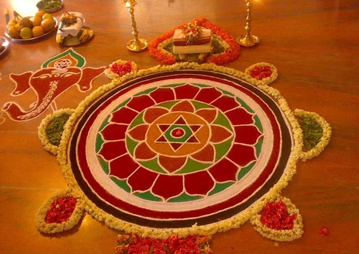
Purnima, Dwadasi, and Ekadashi that falls on any Saturdays and Wednesdays are considered
auspicious for Sudarshana Homa.
Significance
To improve the overall auspiciousness in the environment.
Bestows the performer with Lord Vishnu’s protection.
Done on Ekadashi, Dwadasi and Poornima days.
Main Deity: Lord Sudarshana.
White mustard, 108 herbs are the main ingredients used.
When to Perform Sudarsana Homam?
The date can be fixed according to one’s nakshatra, the yoga, and thithi of that particular date.
Saturdays, Ekadasi & Pournami are proved to beneficial for performing Sudarsana homam.
Benefits of Sudarsana Homam:
This is a very powerful homam, it protects us from our direct and indirect enemies and saves us from
all forms of evil.
The Sudarshana Homam also cures any type of health problems and any type of physical or mental
troubles/illnesses.
A powerful remedy for a person who is severely affected by evil Drishti, evil spirits or negative
energy. It also protects one from black magic and dark evil spells to cast.
Overall this homam protects us from all our problems and one shall be blessed with a happy life and
auspiciousness in life thereby helping one to attain moksha.
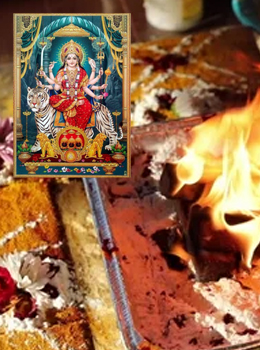
The 9 days of Navratri are auspicious for performing Chandi Homam. Also, auspicious days like
Ashtami, Navami, Chaturdasi, Magha, Amavasya, Jyeshta Amavasya, Chaithra and Karthik Pournami
are good for performing the Homam. It is preferred to perform the Homam during daytime and
finish the rituals before sunset.
Significance
Eliminates all the negative energies.
All Nava Grahas are invoked.
Performed on Fridays, Ashtami’s and Navami’s.
Deity Worshiped: Goddess Chandi.
13 unique ingredients are used for 13 chapters of saptashati.
When to Perform Chandi Homam?
The date can be fixed as per one’s janma nakshatra, the yoga, and thithi of that date. Fridays,
Ashtami, Navami, Amavasya, Poornima & Chatrudas thithis are suitable for performing this homam.
Benefits of Chandi Homam :
Blesses the person with a happy life by removing all the obstacles and sufferings.
Planetary influences are nullified by performing Chandi homam as it reduces the malefic effects of
the badly placed planets in one’s horoscope.
The bad effects of curses, evil eyes, doshas, and obstacles are removed from a person’s horoscope
by performing this homa with total devotion.
Chandi Homam is very much fruitful for a person searching for jobs.
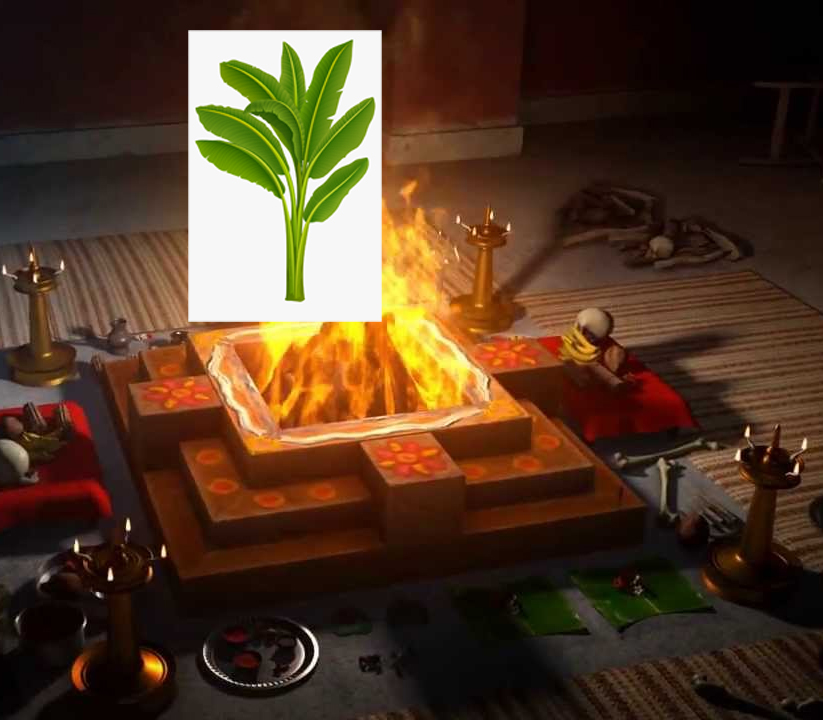
Kadhali Homam or Kadhali Vivaha Puja, according to Hindu culture Kadhali means Girl or Women. This Kadhali Homam is performed to the person who is having marriage dosha's or having second marriage yoga in her horoscope and to lead a happy life with no obstacles brought about by the malefic impacts of the awful planet position in the birth graph. The Person who's have this issue they perform this kadhali vivaha homam. This homam performed to a small banana tree the person who perform this kadhali homam he will put mangalsutra to that banana tree in the process of Hindu traditions. In the wake of performing this puja, the person will get rid from all the dosha's than they can marry without having any negative impacts. Essentially, kadhali homam performs before the marriage and It doesn't require any muhurtams to Perform this homam or kadhali vivaha puja.

Kuja Dosha nivarana homam is performed to remove all the hindrances and obstacles surrounding marriage. Ku means Earth and Jha means birth. It is performed if the boy or girl is manglik. The Dosha involves the placement of Planet mars. When the planet mars is placed in the 2nd,4th,7th,8th or 12th houses from the moon or venus it is called Kuja Dosha. The Kuja dosha nivarana homam nullifies the negative effects of Mars and offers the blessings of all the gods.

Pasupatha Homam is performed to remove obstacles, negativity and to attain prosperity in life. There are various types of Pasupatha homams that are performed based on the need and remedies Bhrigu Pasupata Homam : This Homam is performed to remove all the obstacles related to Marriage. Angaraka Pasupata Homam : Performed to achieve promotions in professional life, higher education, long time disputes, court disputes, nullify planetary effects etc. Rudra Pashupatha Homam : Performed to remove all the negative effects and bestow positivity in life Amrutha Maha Pashupatha Homam : Among all homas amruthapashupatha homa is different, This homa cures health ailments, hammered issues , Gives Relief from unwanted problems etc. Maha Pashupatha Homam : This Homam is performed to Lord Shiva to remove the effects of Kalasarpadosha Aghora Pashupatha Homam : This Homam is performed to eradicate all the Spells of Evil spirits and Drishti Subramanya Pasupatha Homam : This Homam is performed to protect us from debts, black magic, curses, evil eyes and spirits and for women who are having difficulty conceiving Sowra Pasupatha Homam : To prevent all the ill-effects from Paternal side and evil eyes, this Homam is performed Kubera Pashupatha Homam : To attain financial growth and remove all the obstacles related to wealth and prosperity, this Homam is performed Navagraha Pashupatha Homam : Based on the movements of the planets, there are negative effects in our life. Performing this Homam nullifies all these negative effects Kanya Pasupata Homam : This Homam is performed by both Boys are Girls which will help them fetch better matches Santhana Pasupatha Homam : For Couples who are childless will be blessed with Kids by performing this Homam. Manyu Pashupatha Homam : This Homam is performed for protection from enemies and helps solve court cases
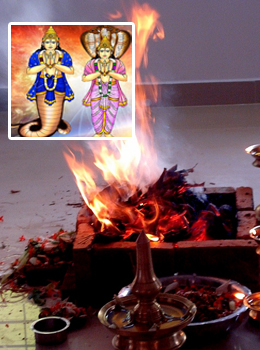
Rahu and Ketu are shadowy planets. The movements of the planets are interrelated and they are opposite to each other. If all the planets in a person’s birth chart come within a Semi circle made between Rahu and Ketu, it is considered to be bad and called as Kala Sharpa Yoga. With Rahu Ketu Dosha, it obstructs all the good things in one’s life. Irrespective of the preventative actions taken, it always brings problems in life
.